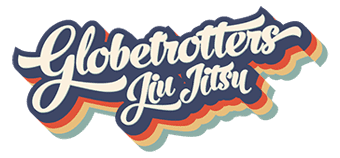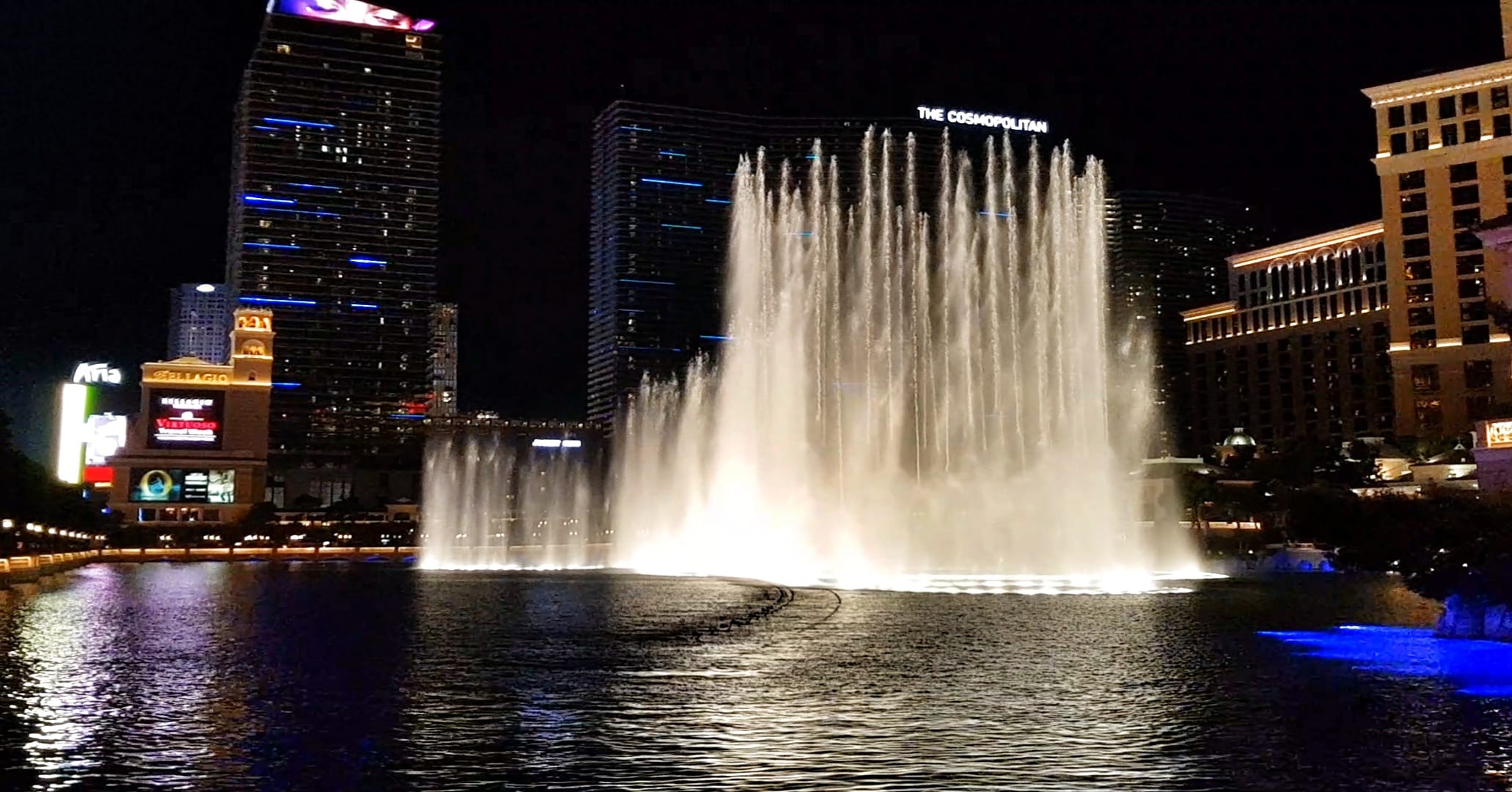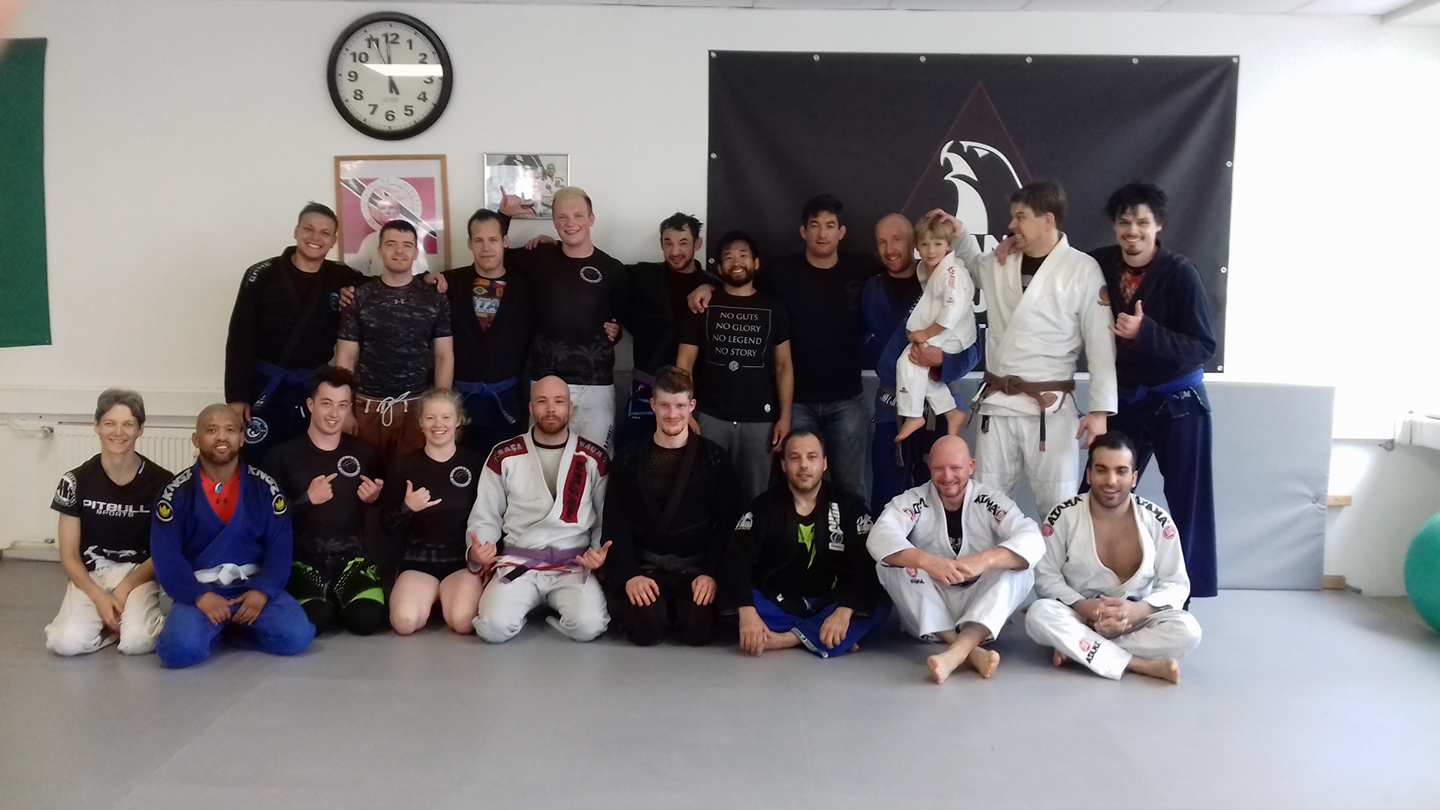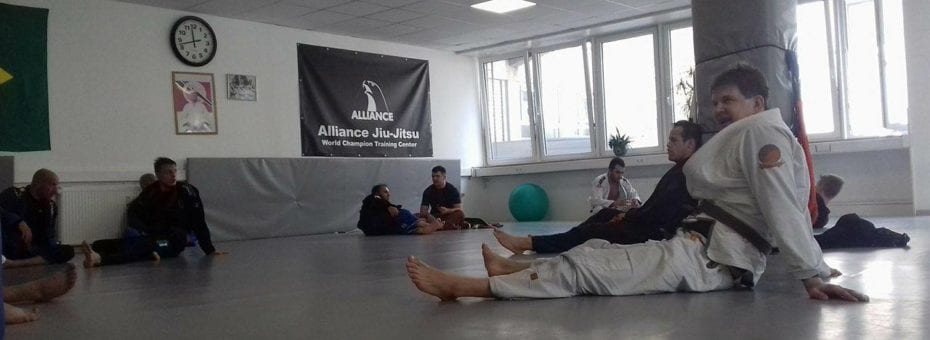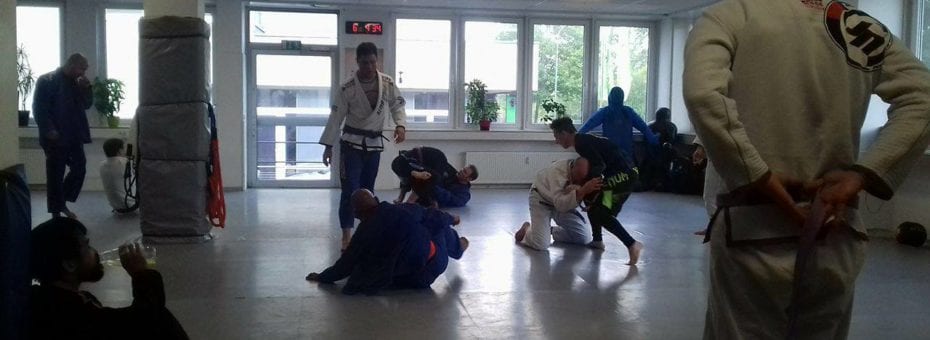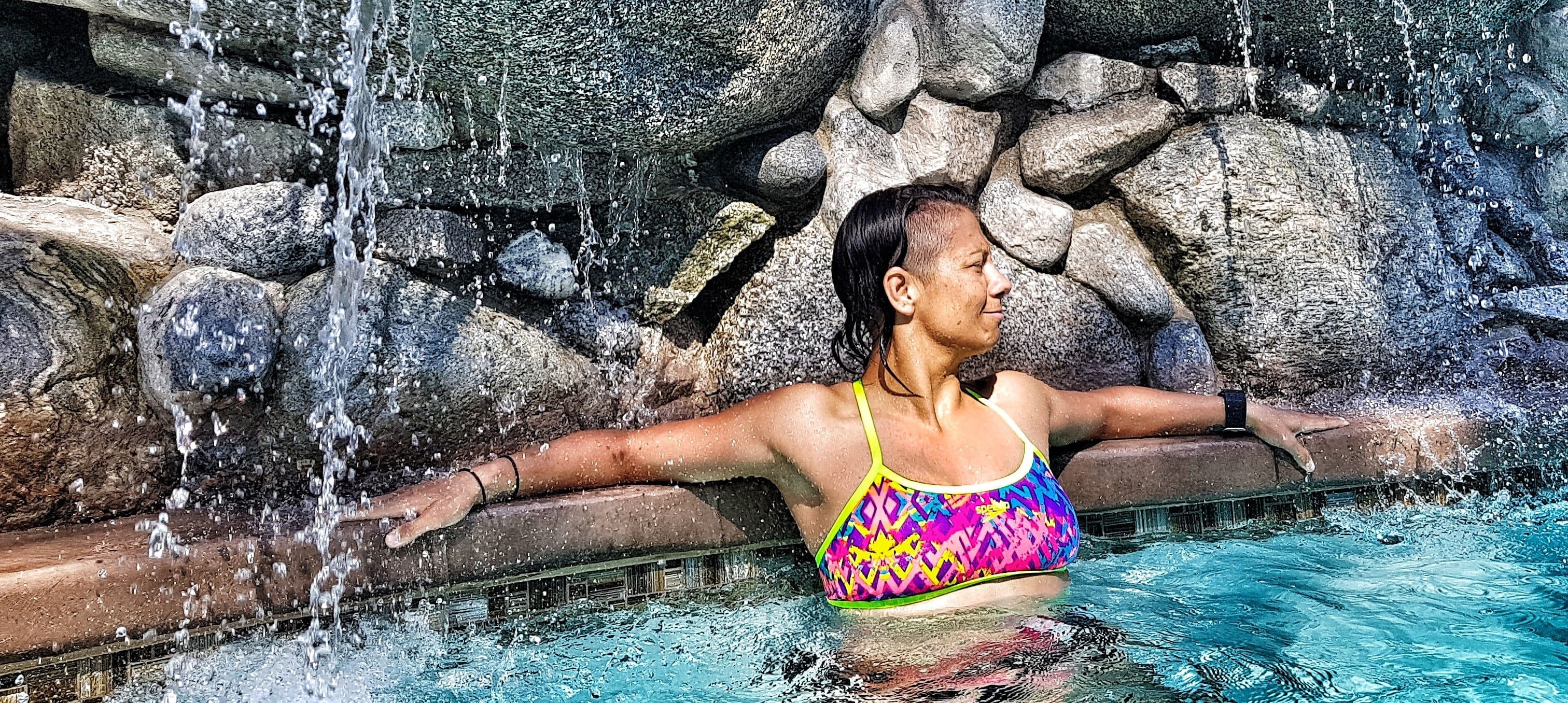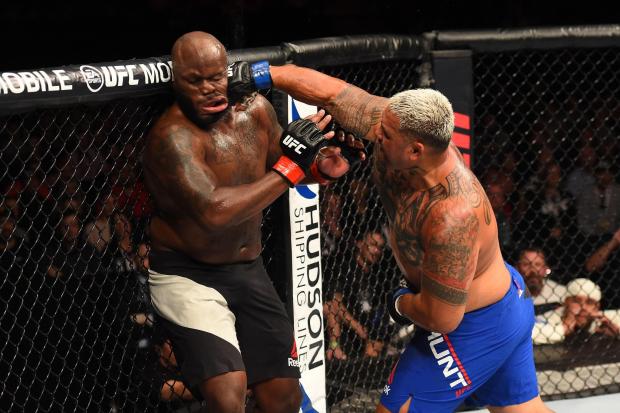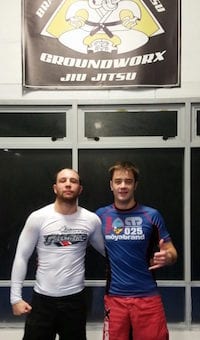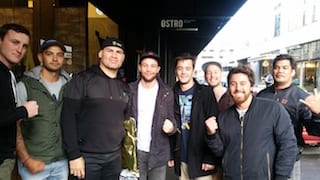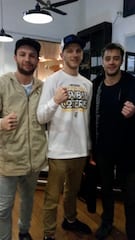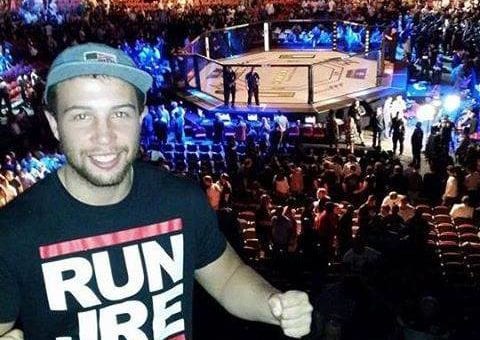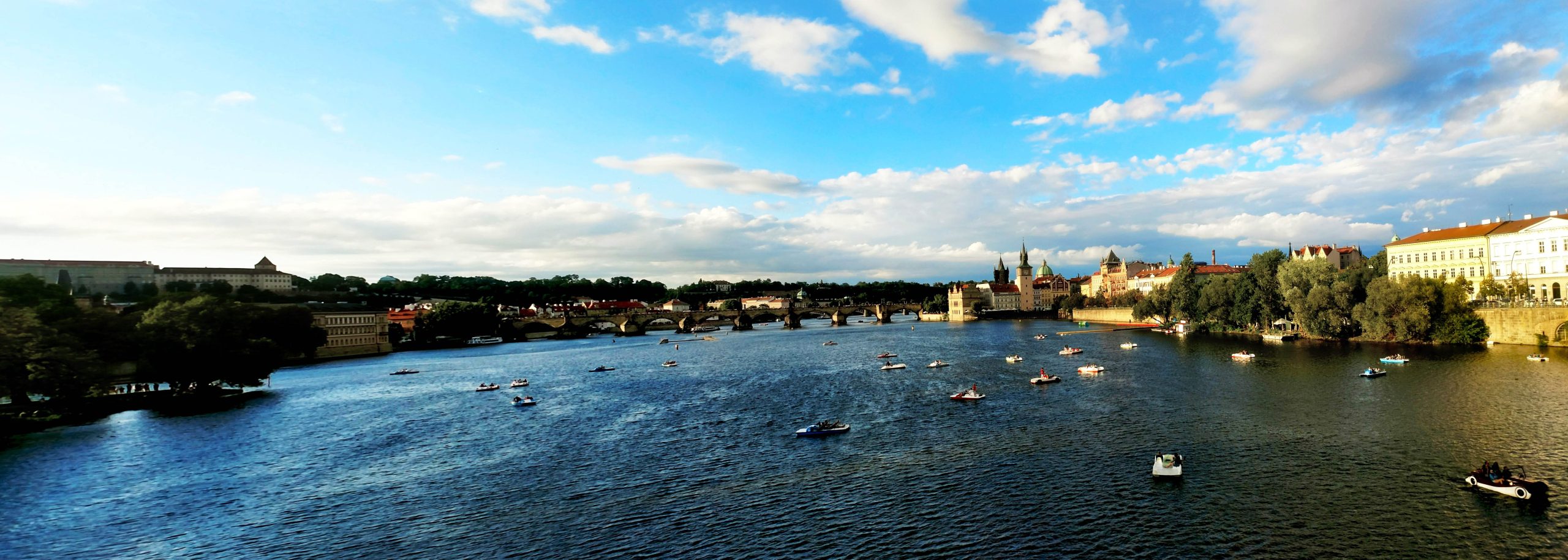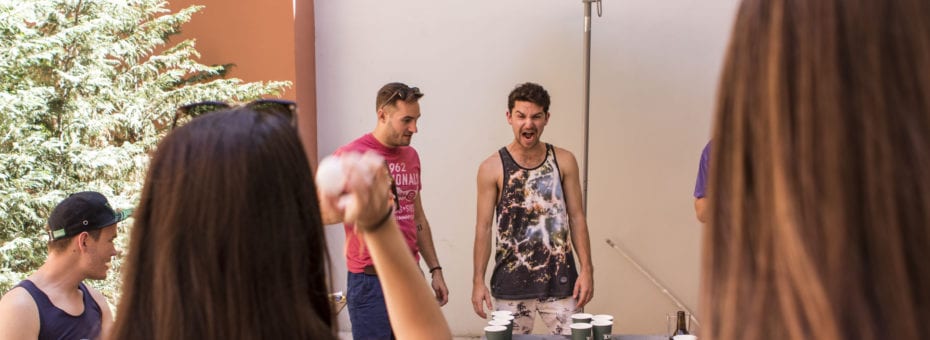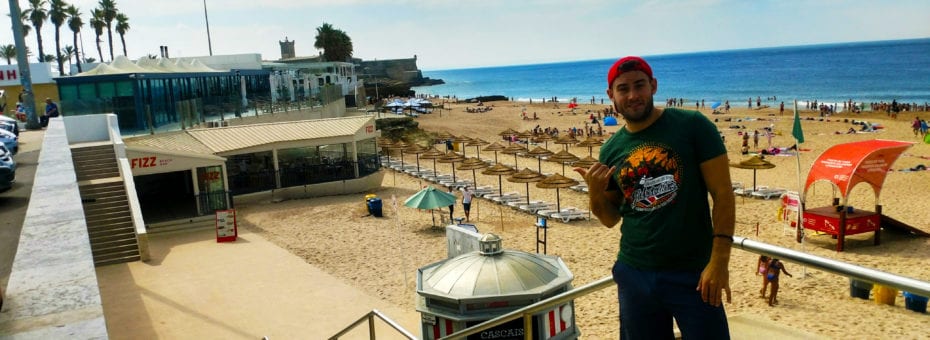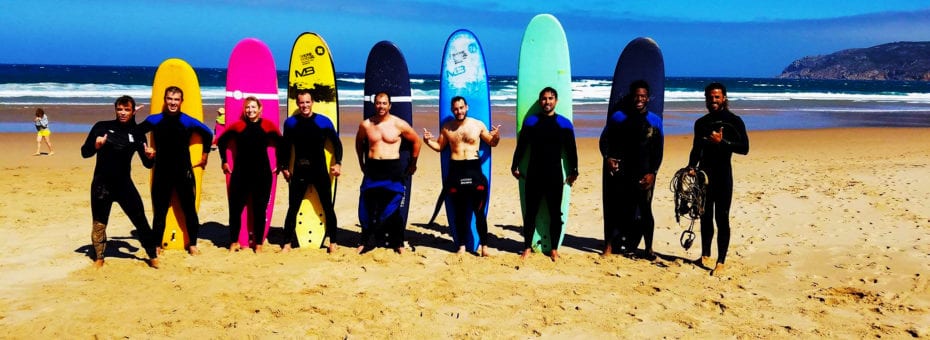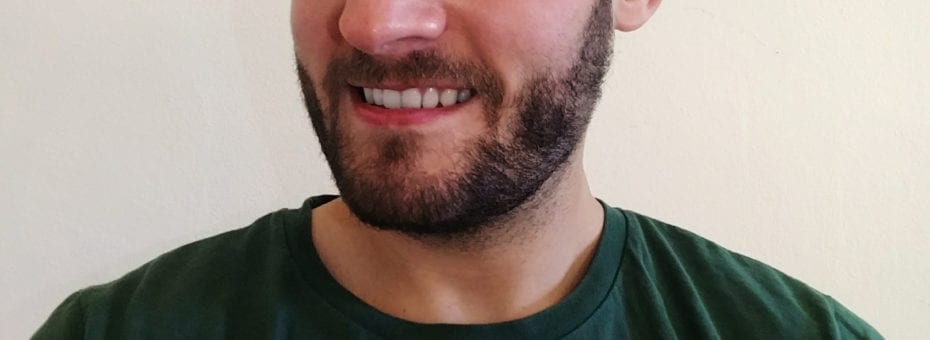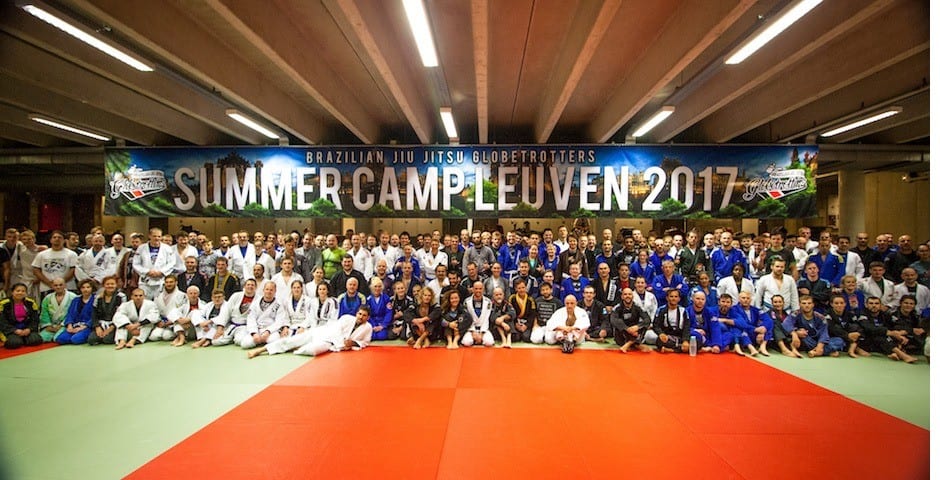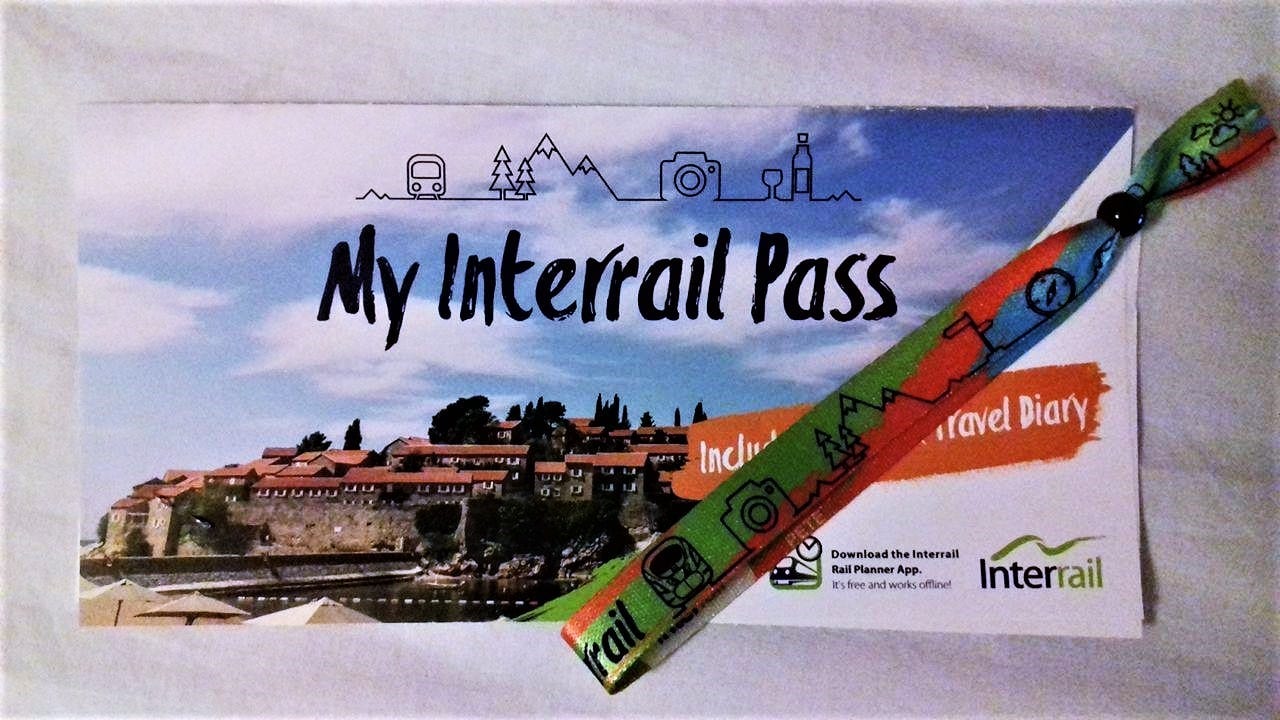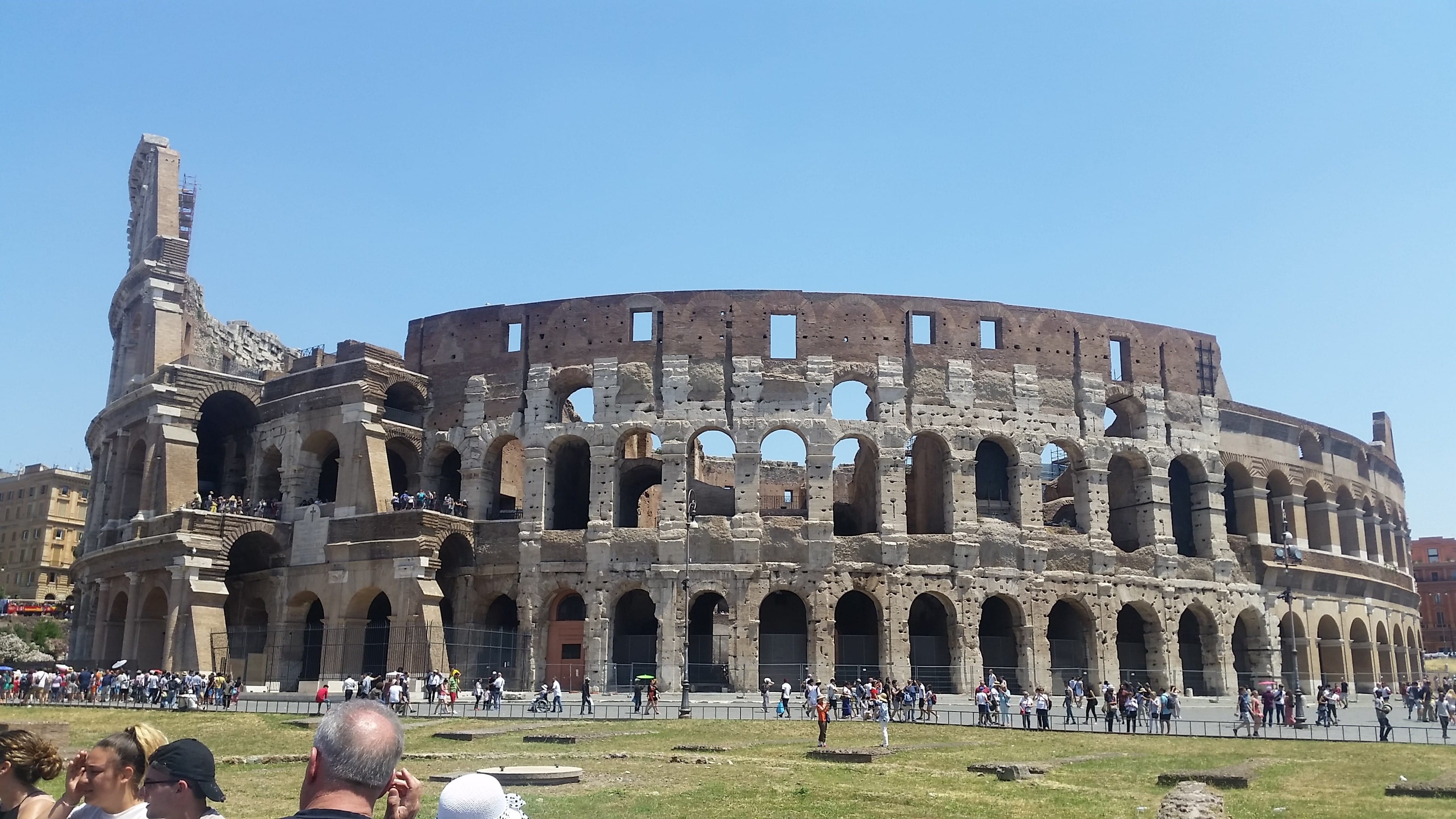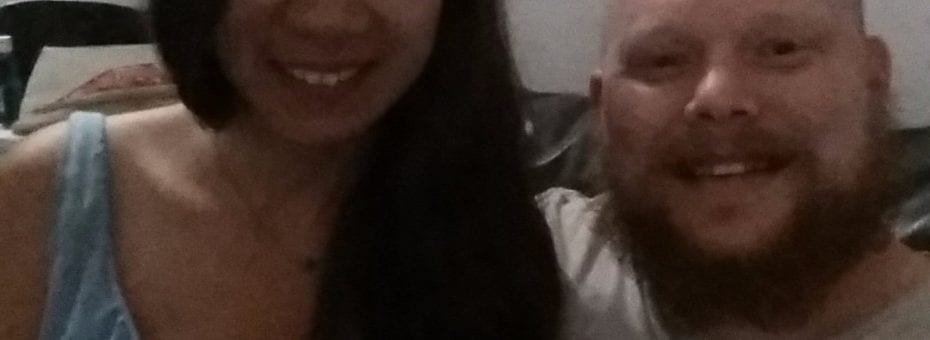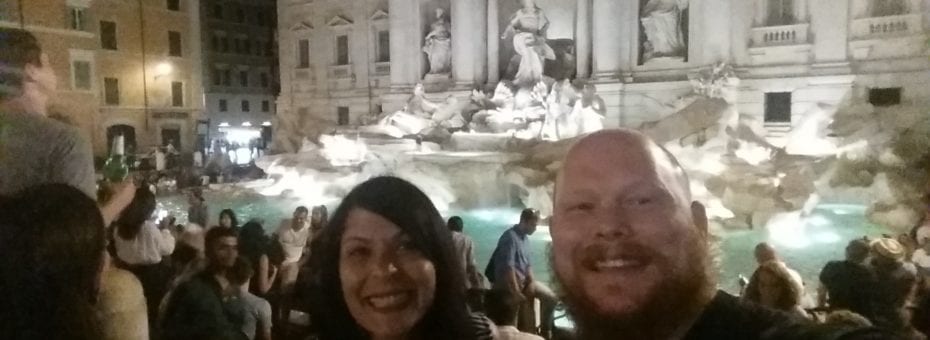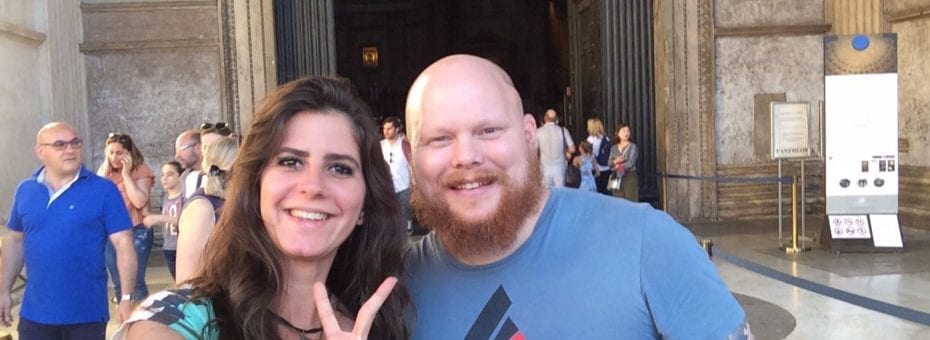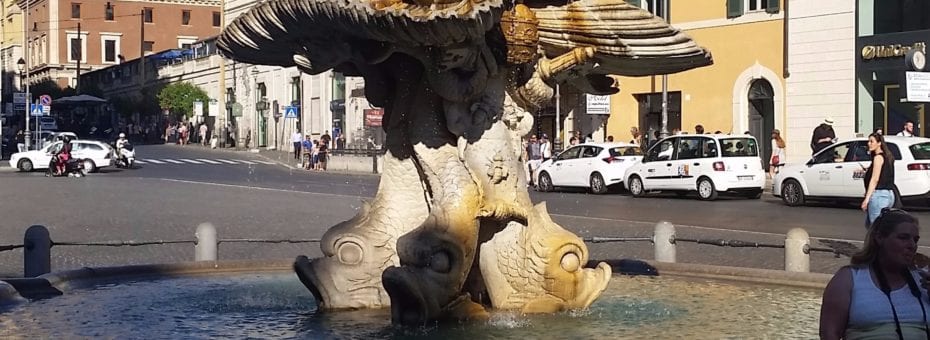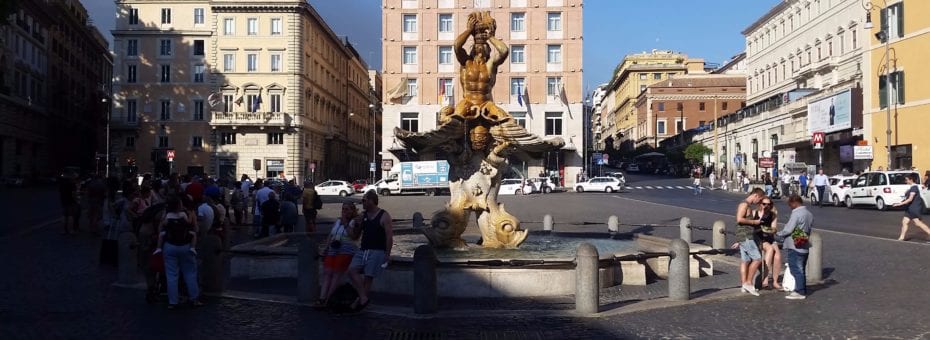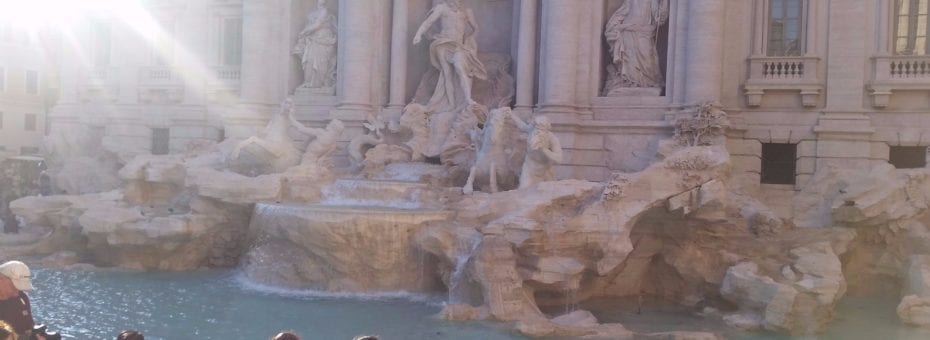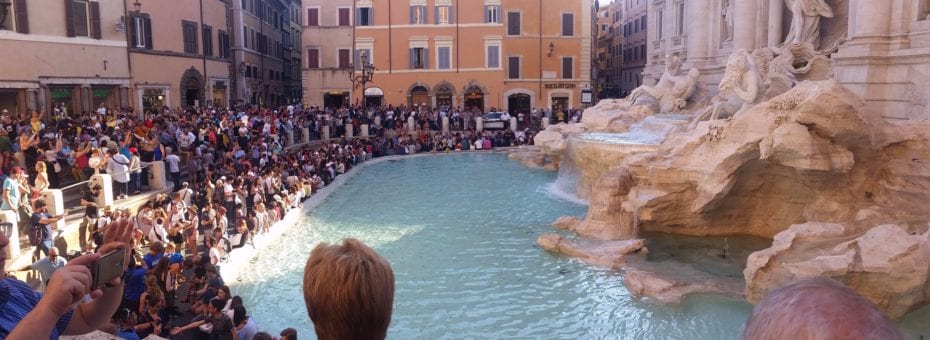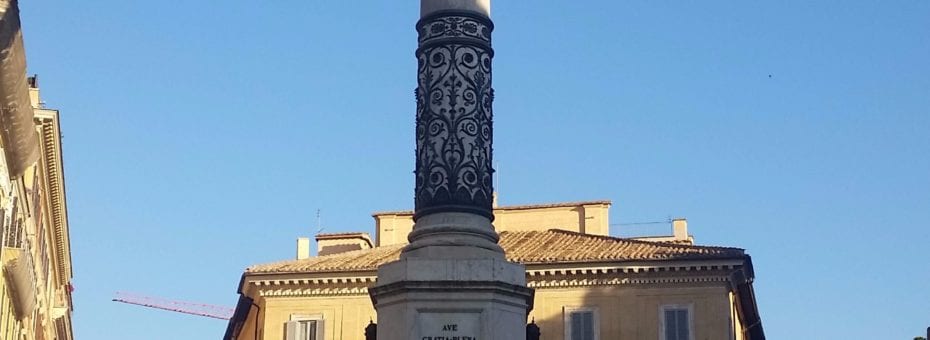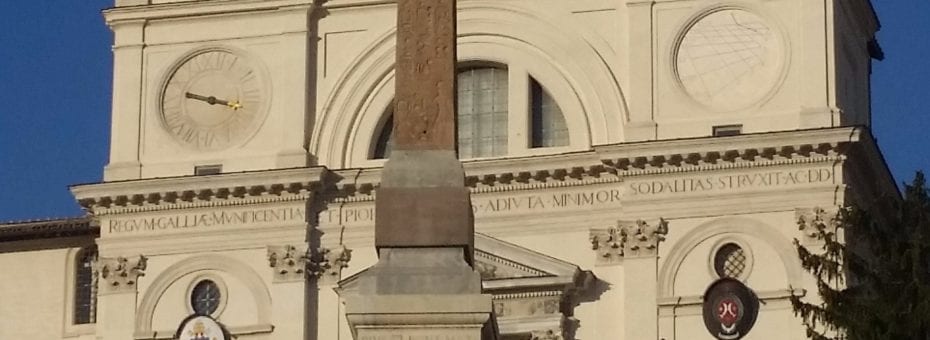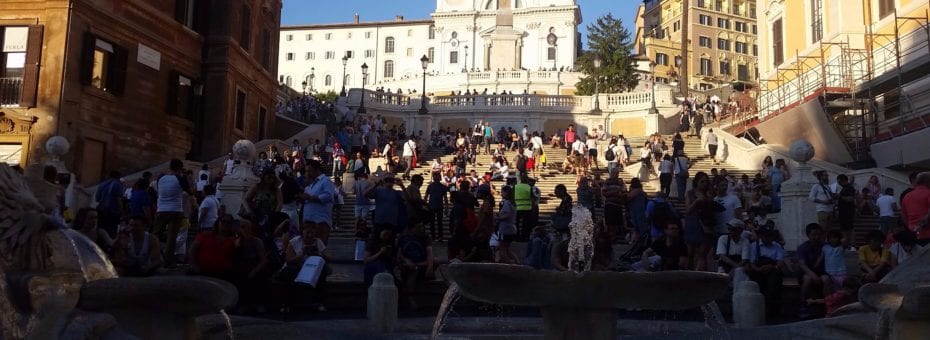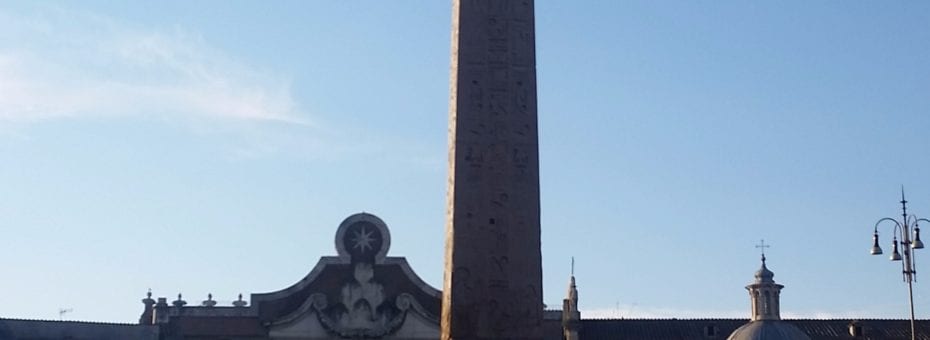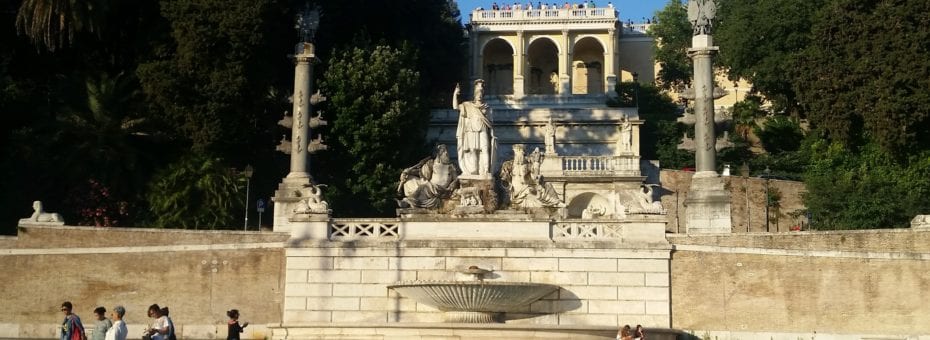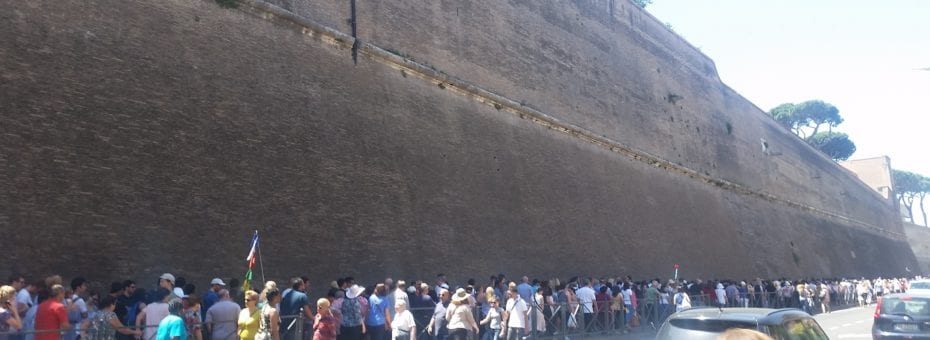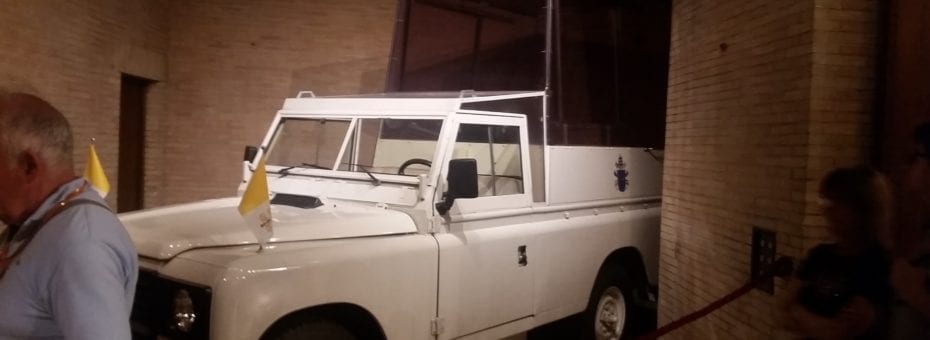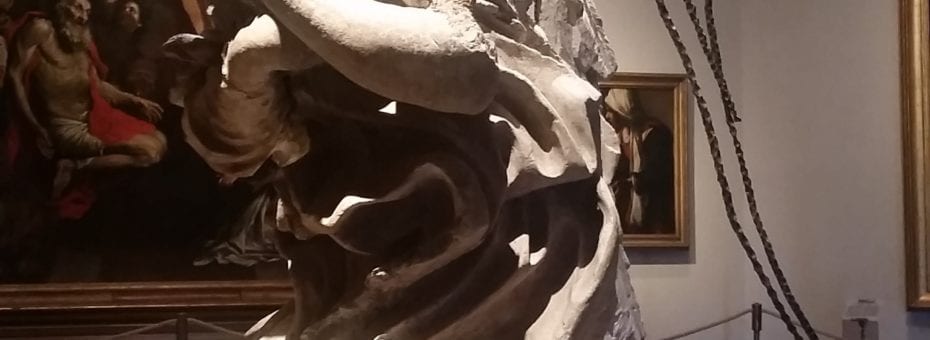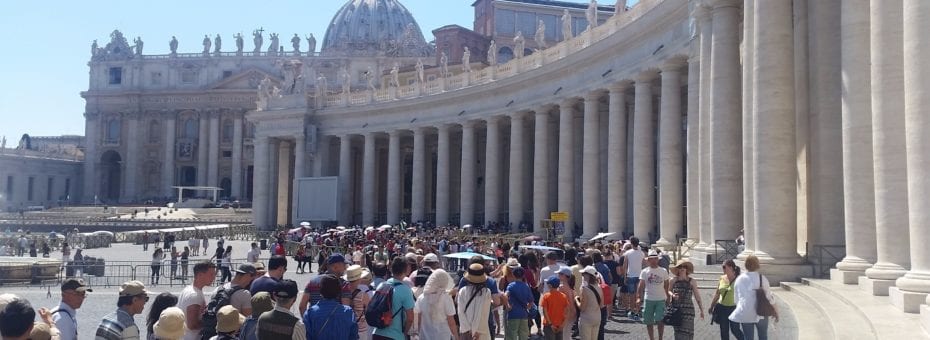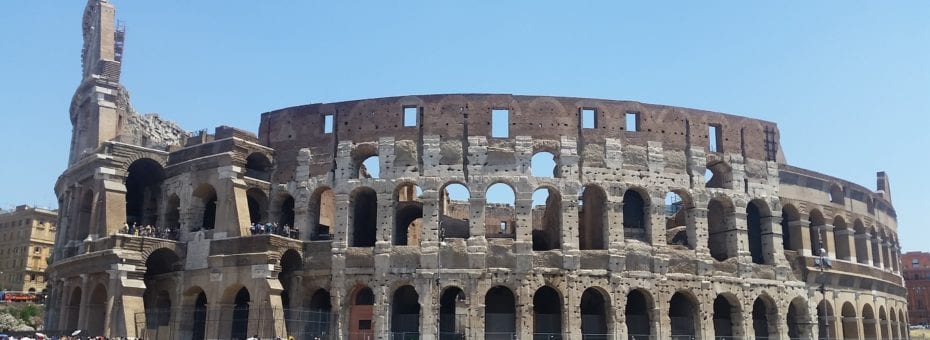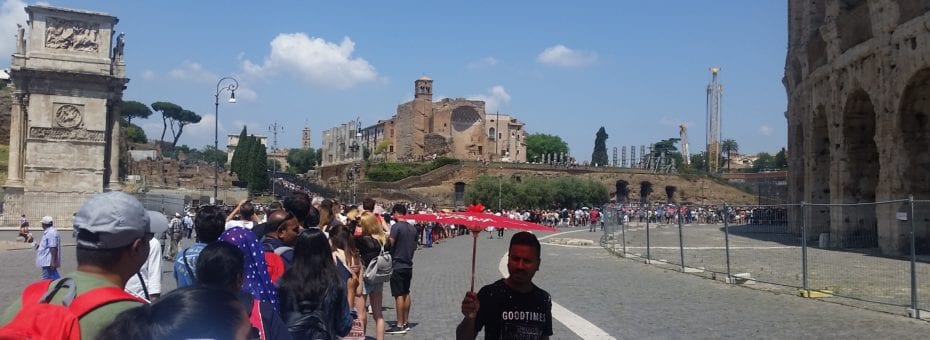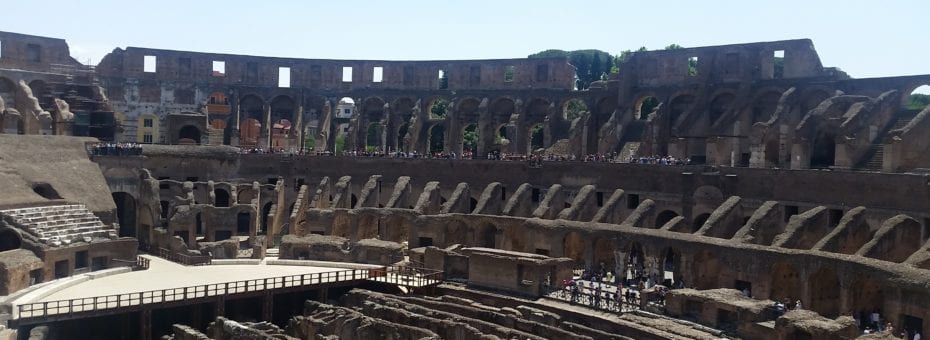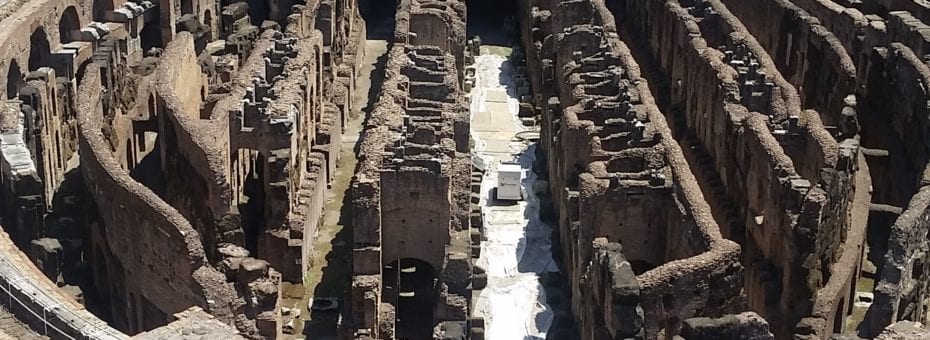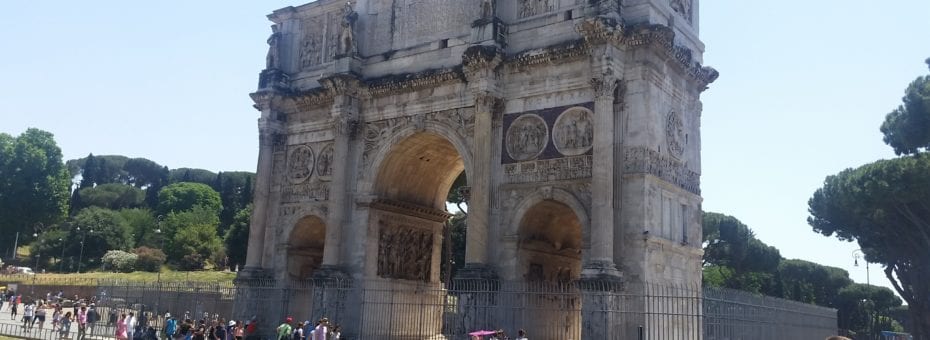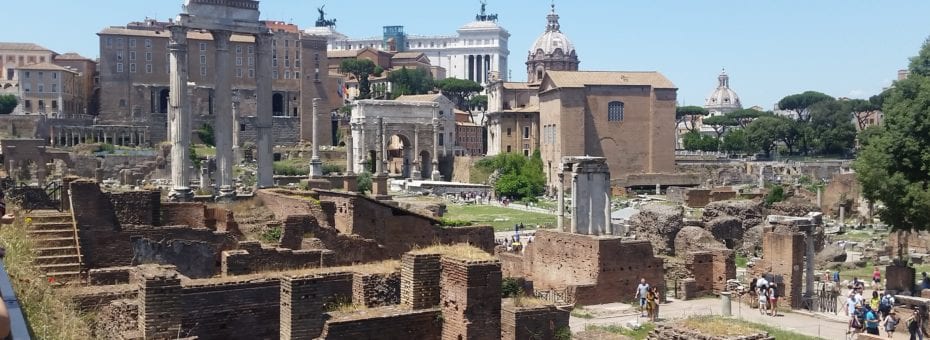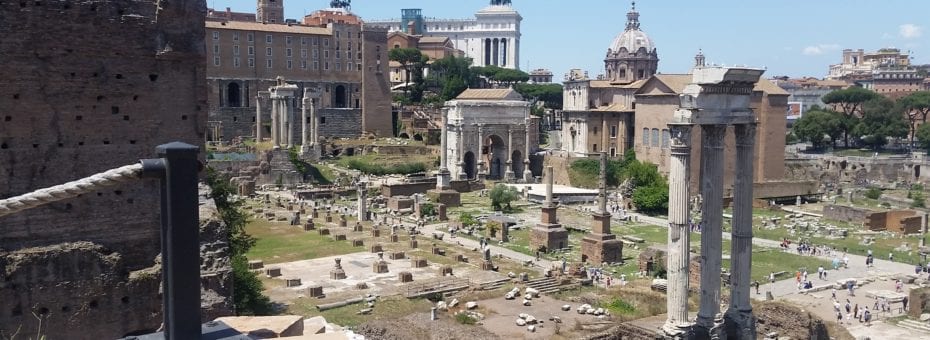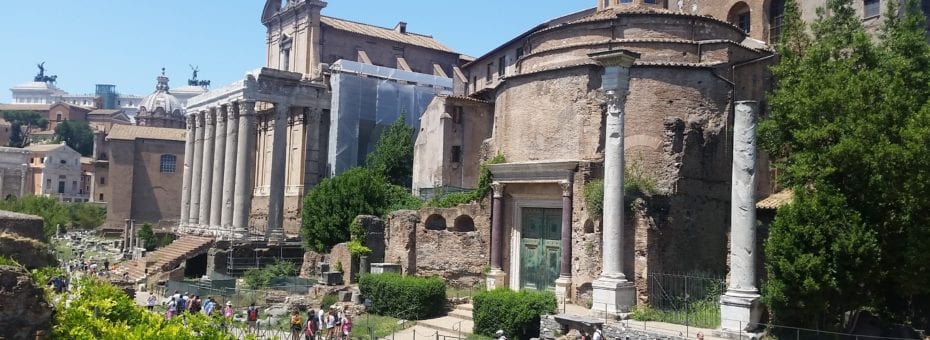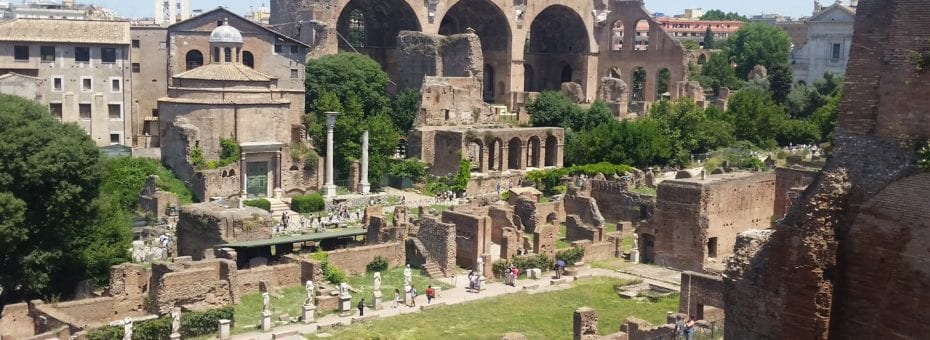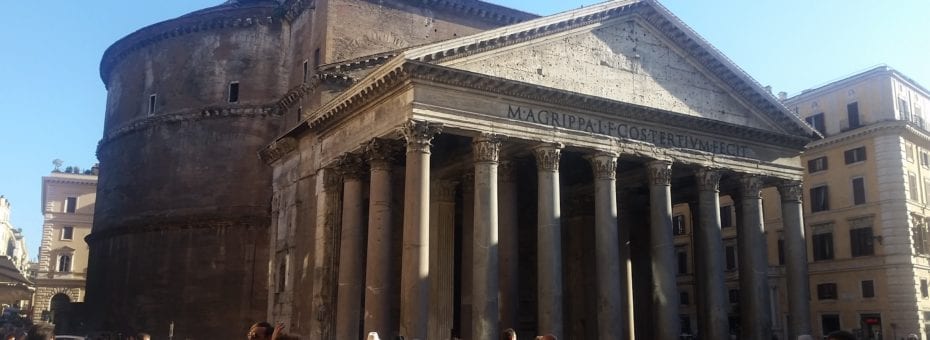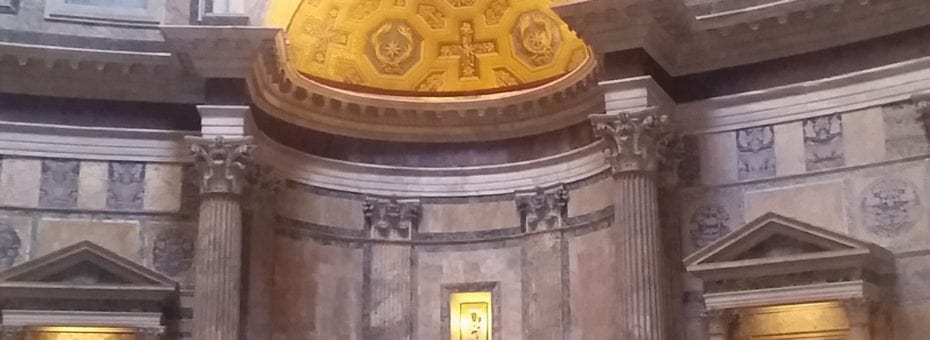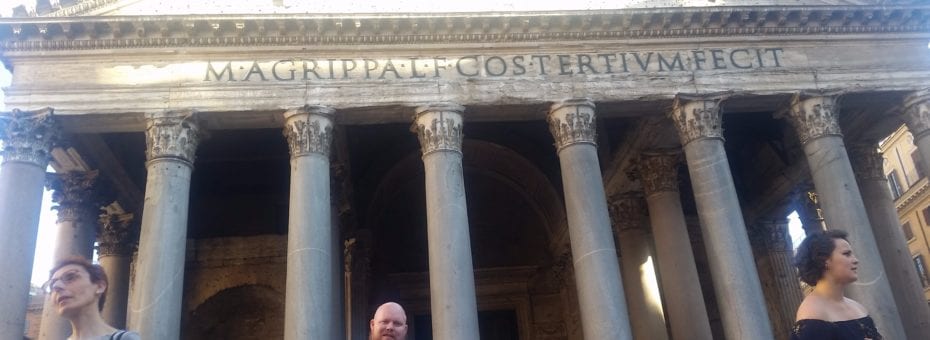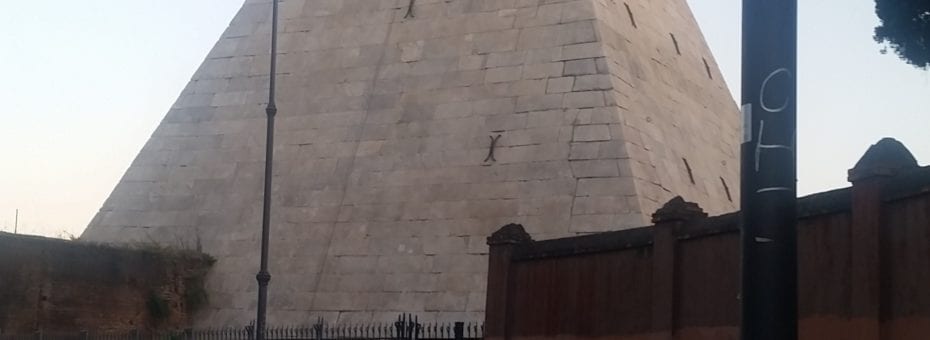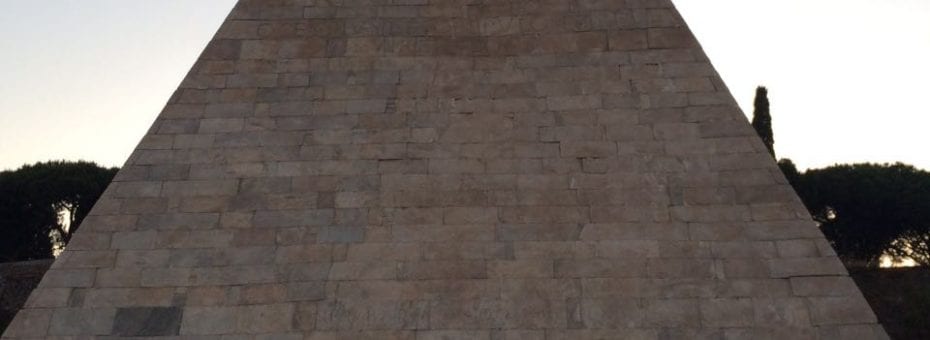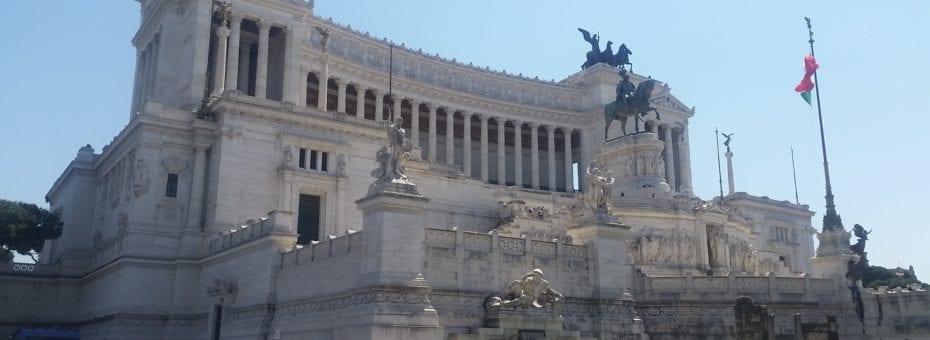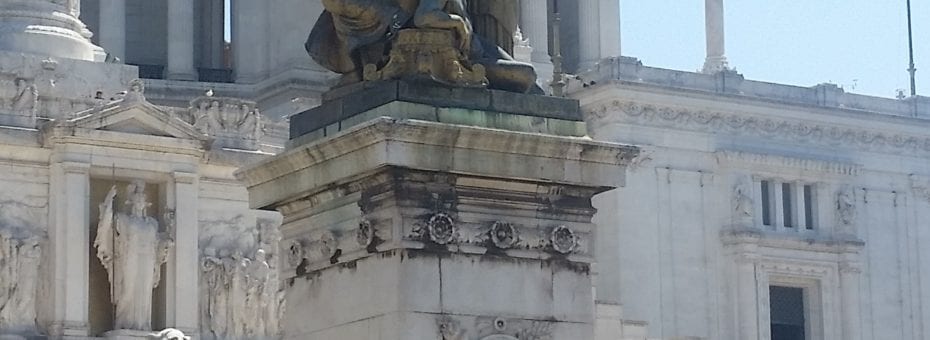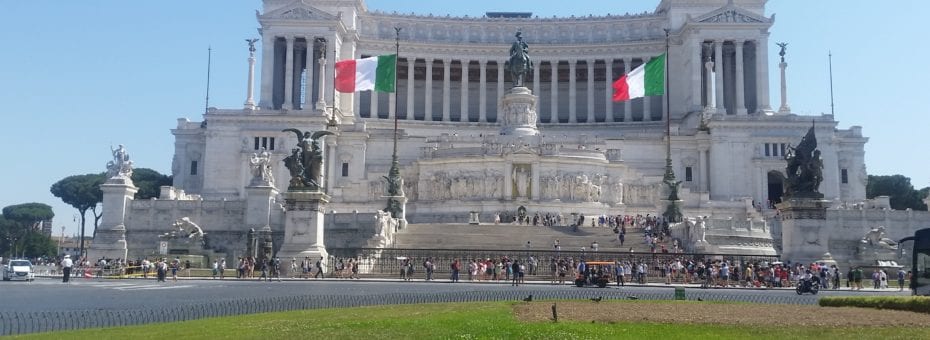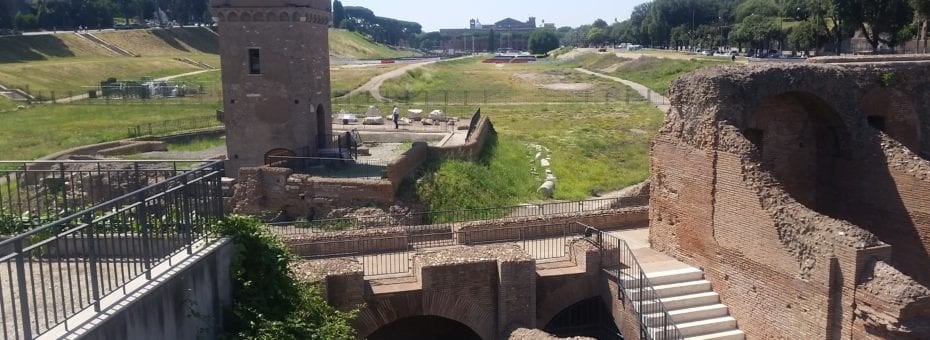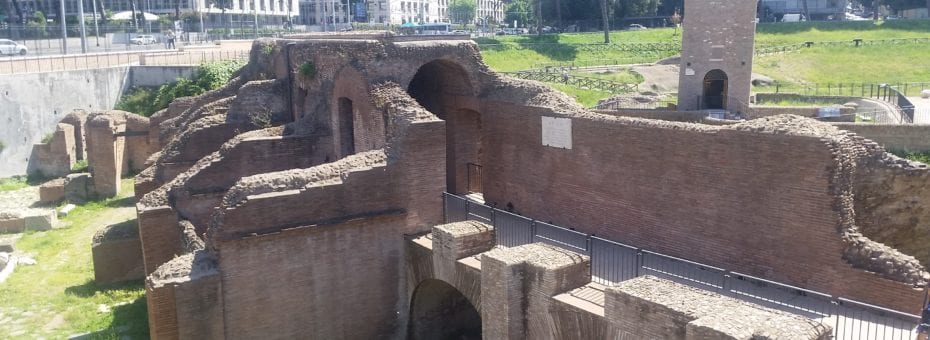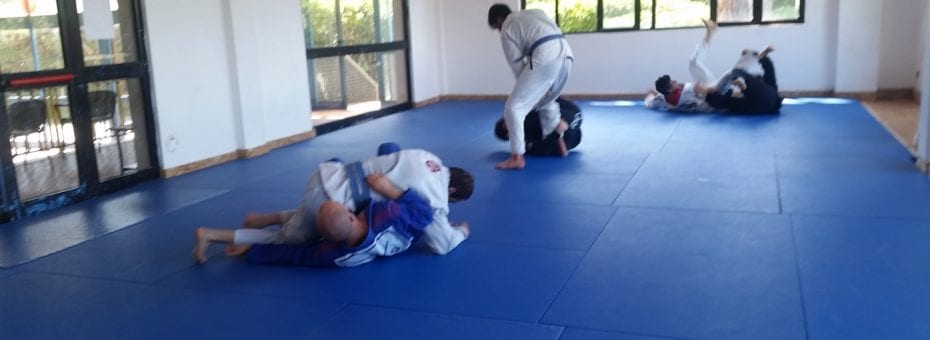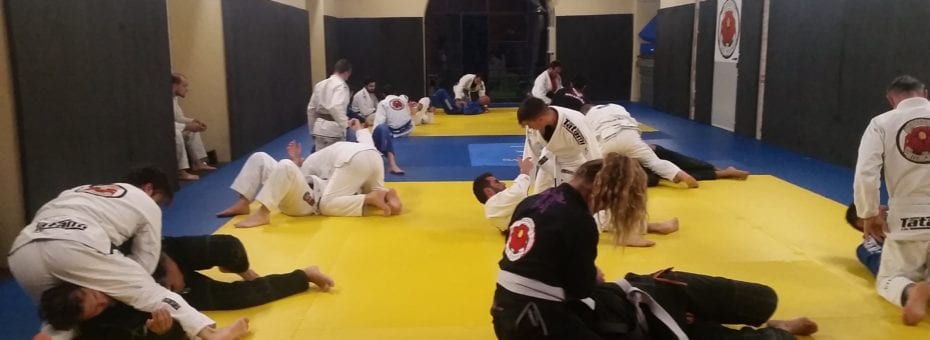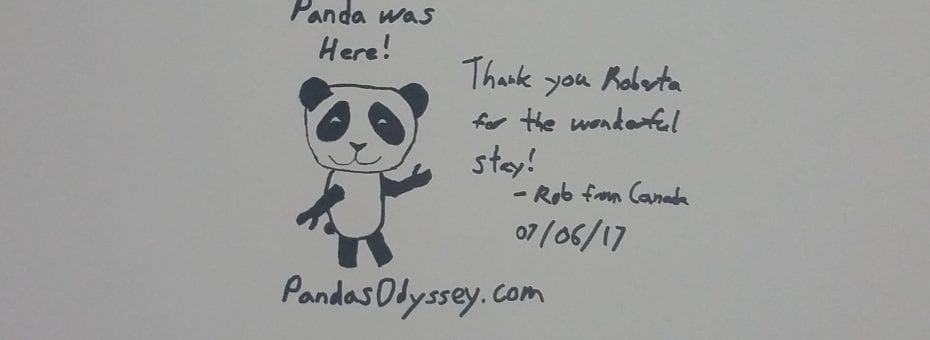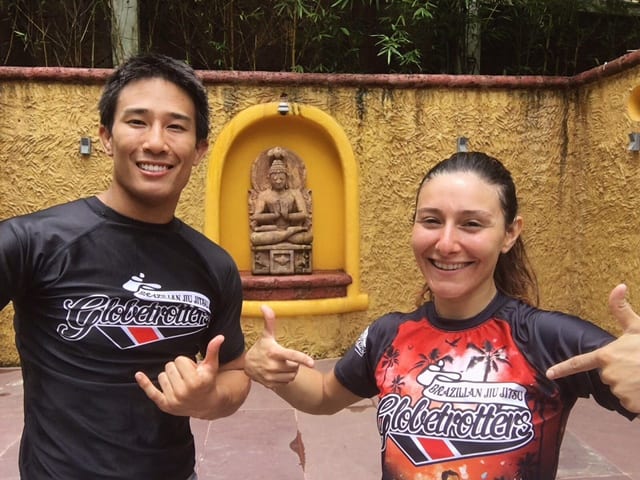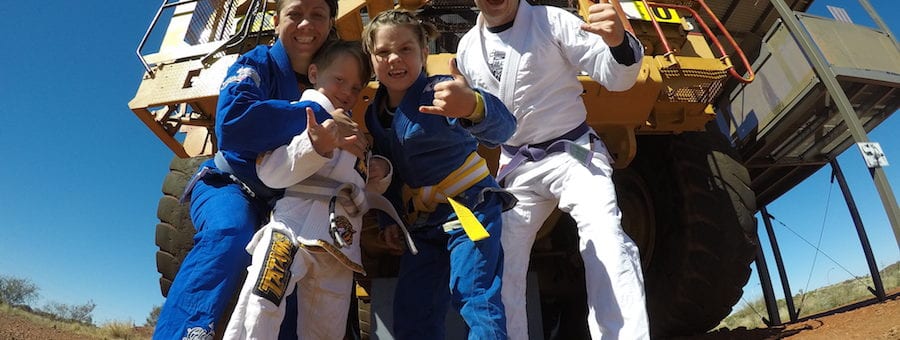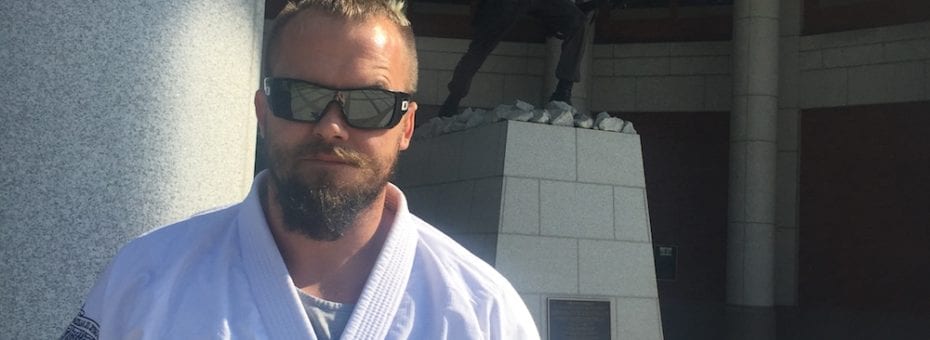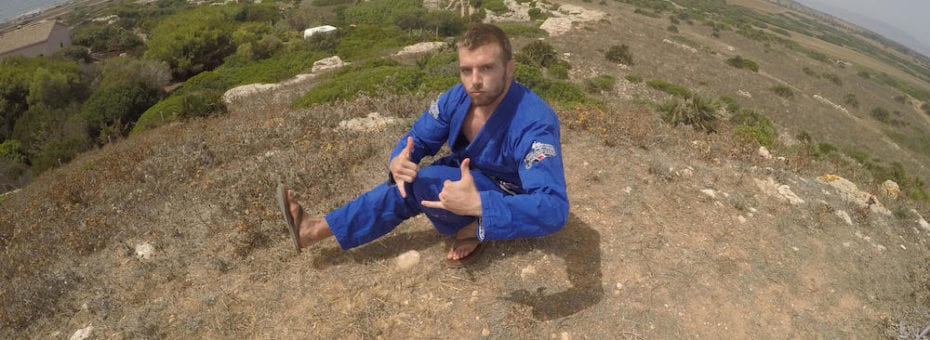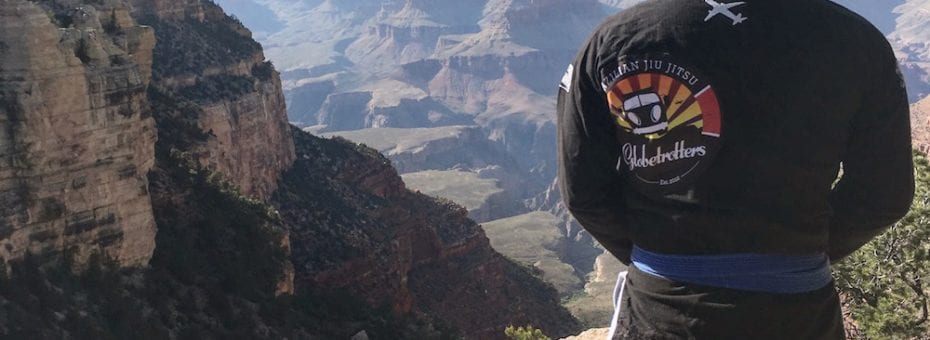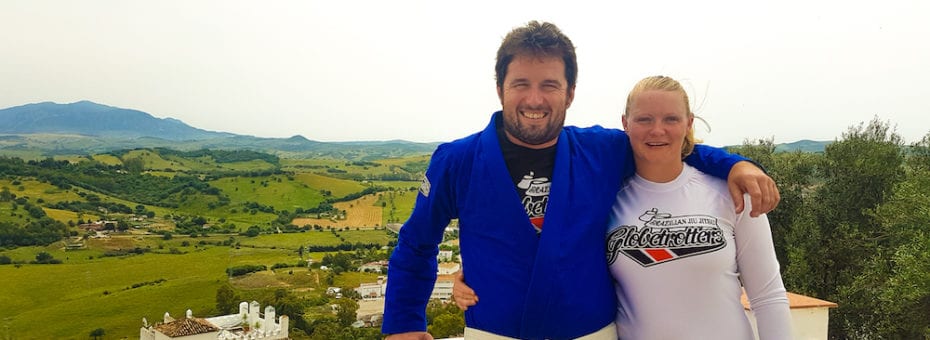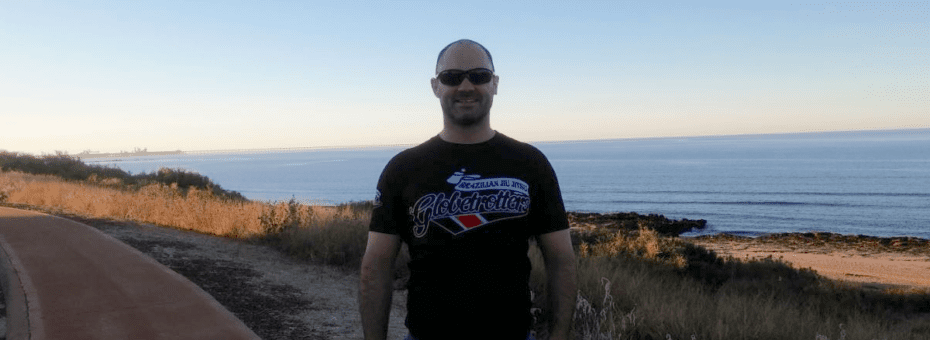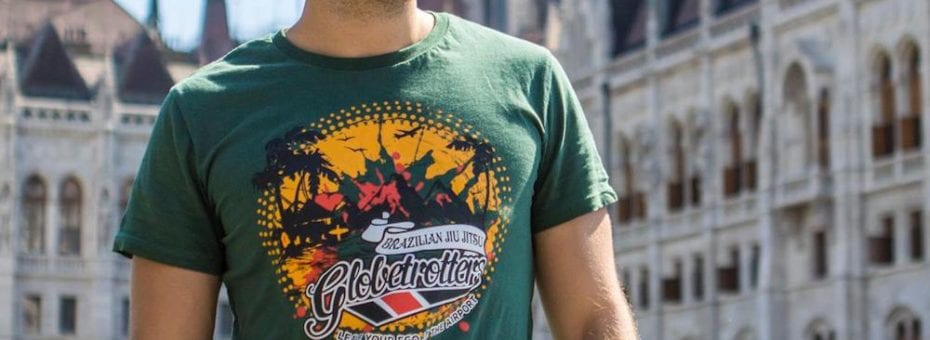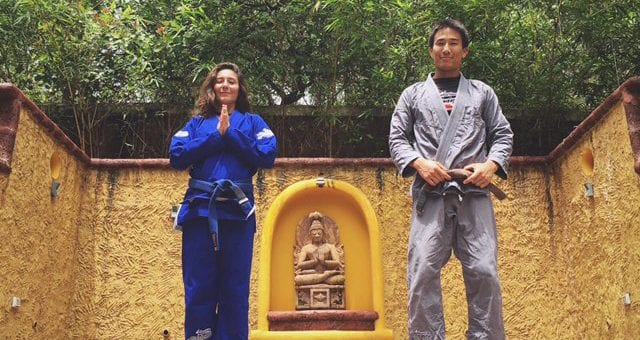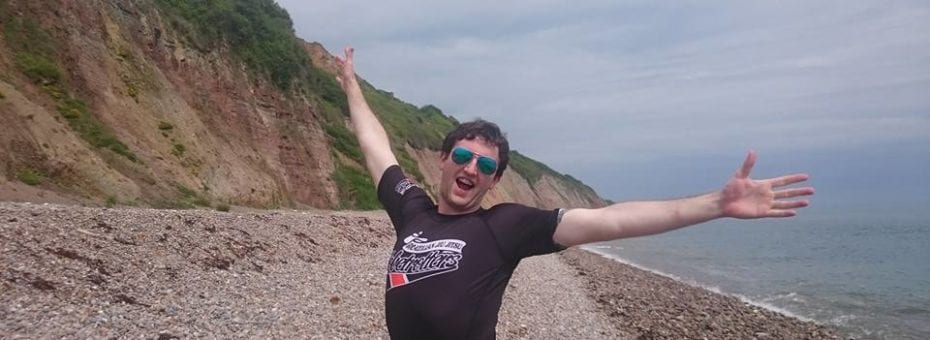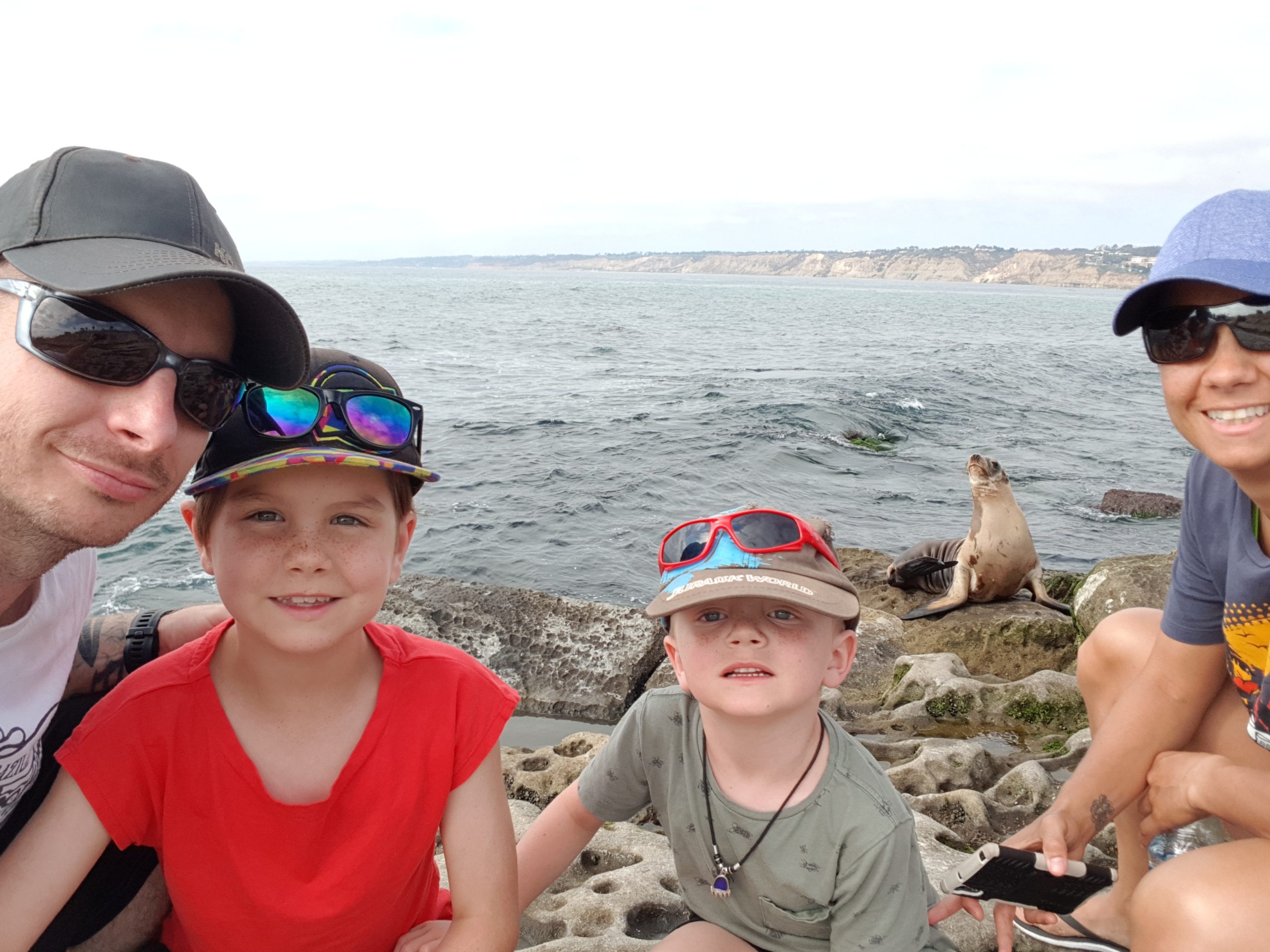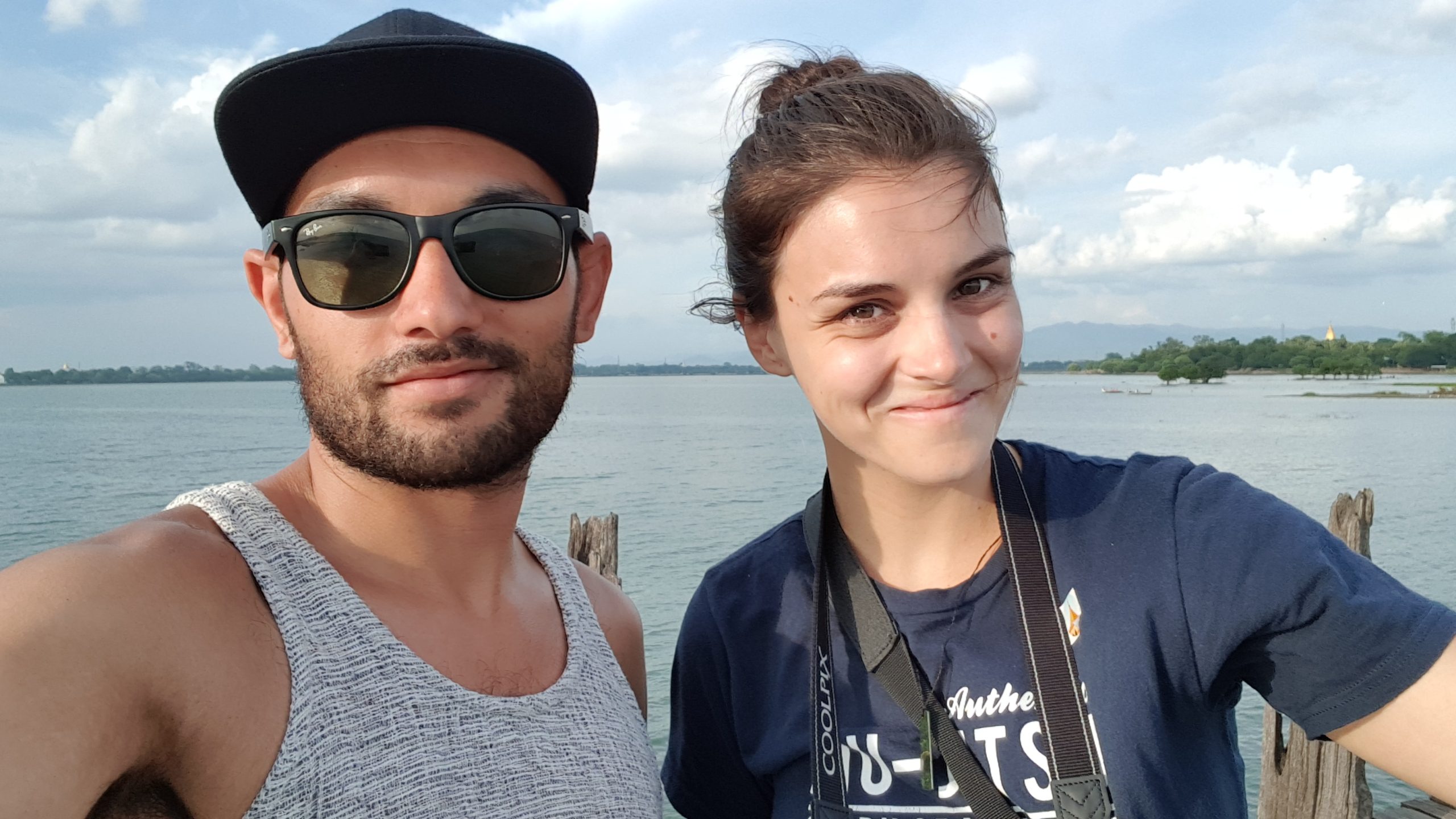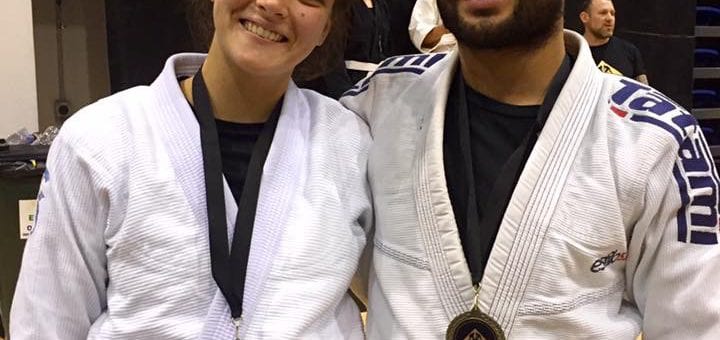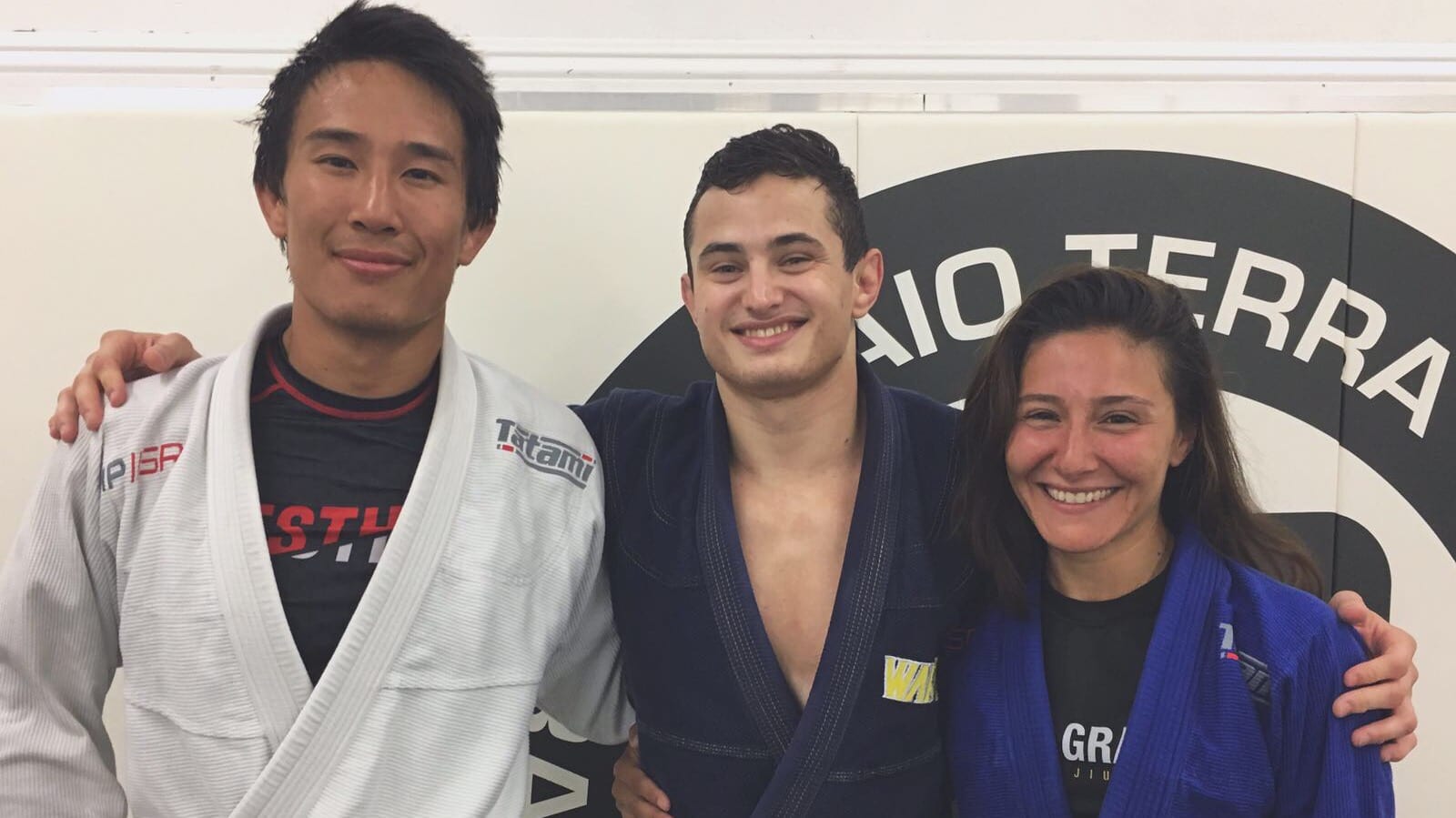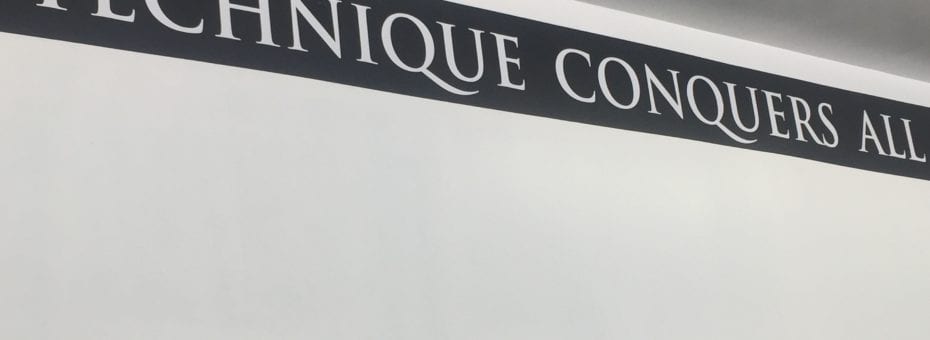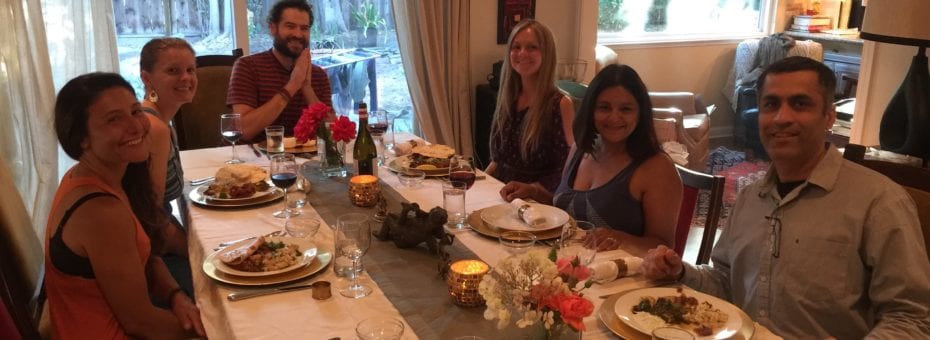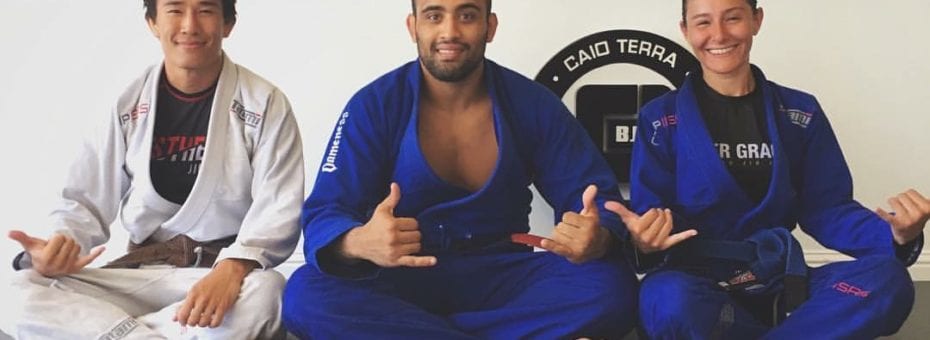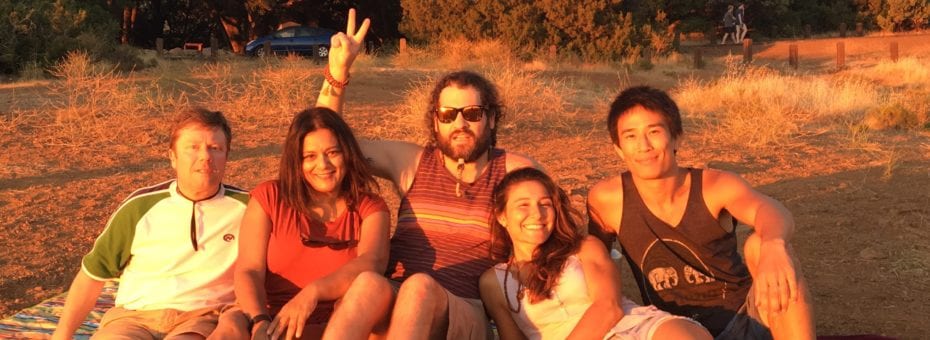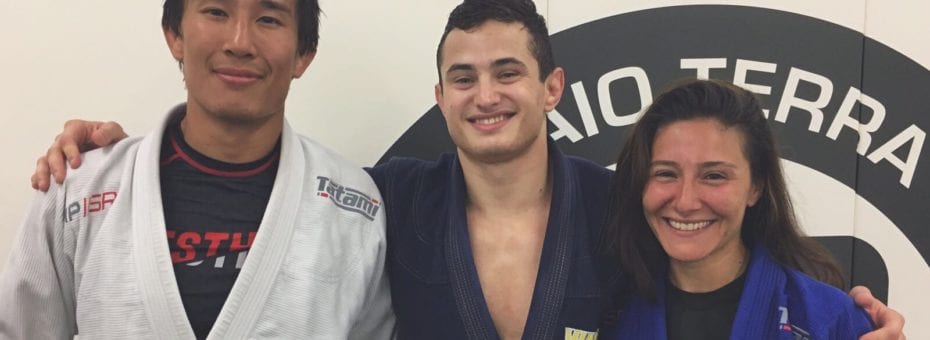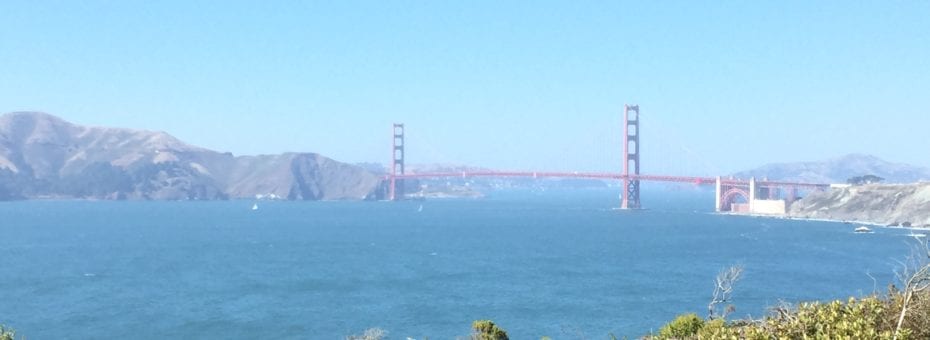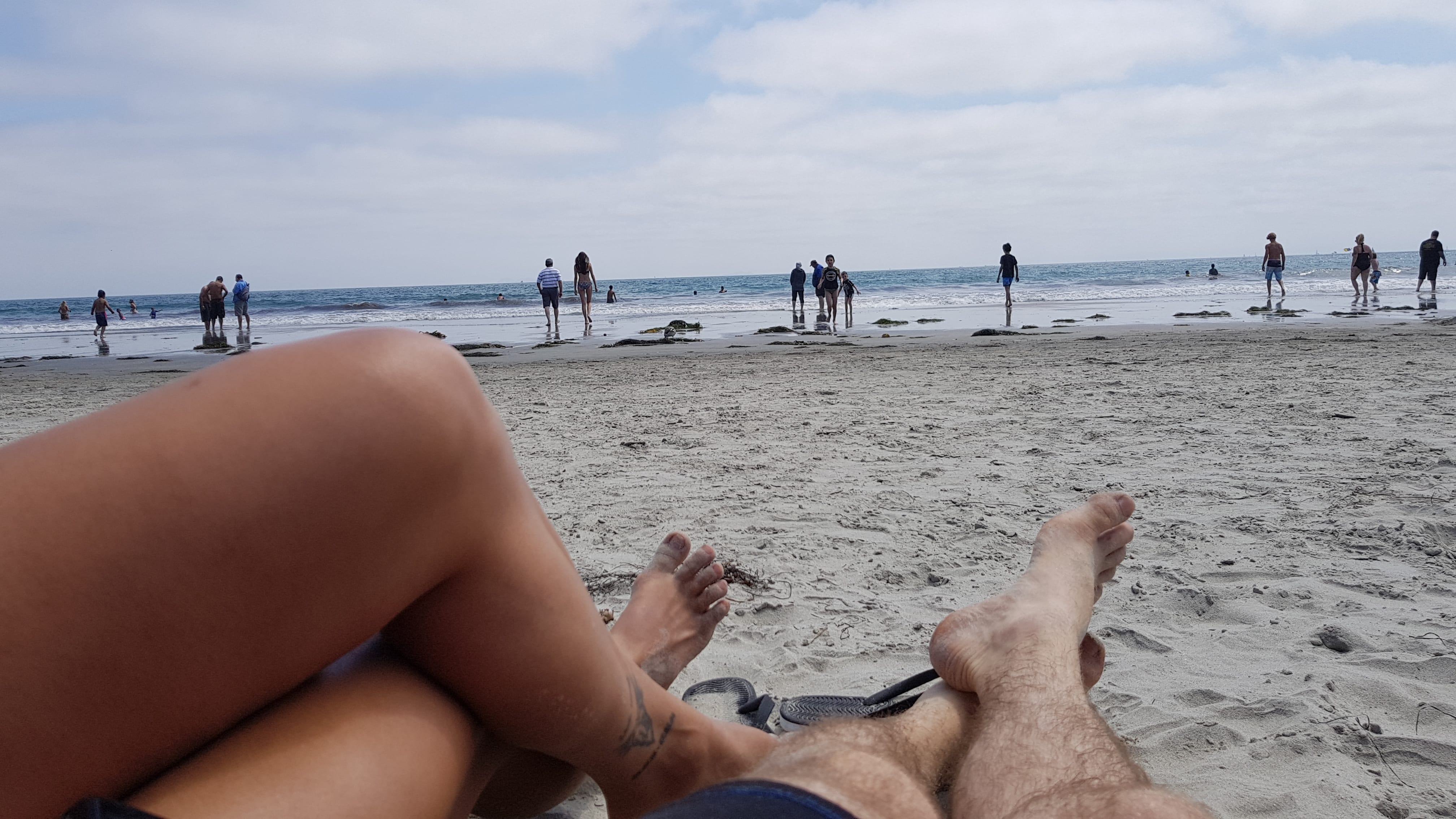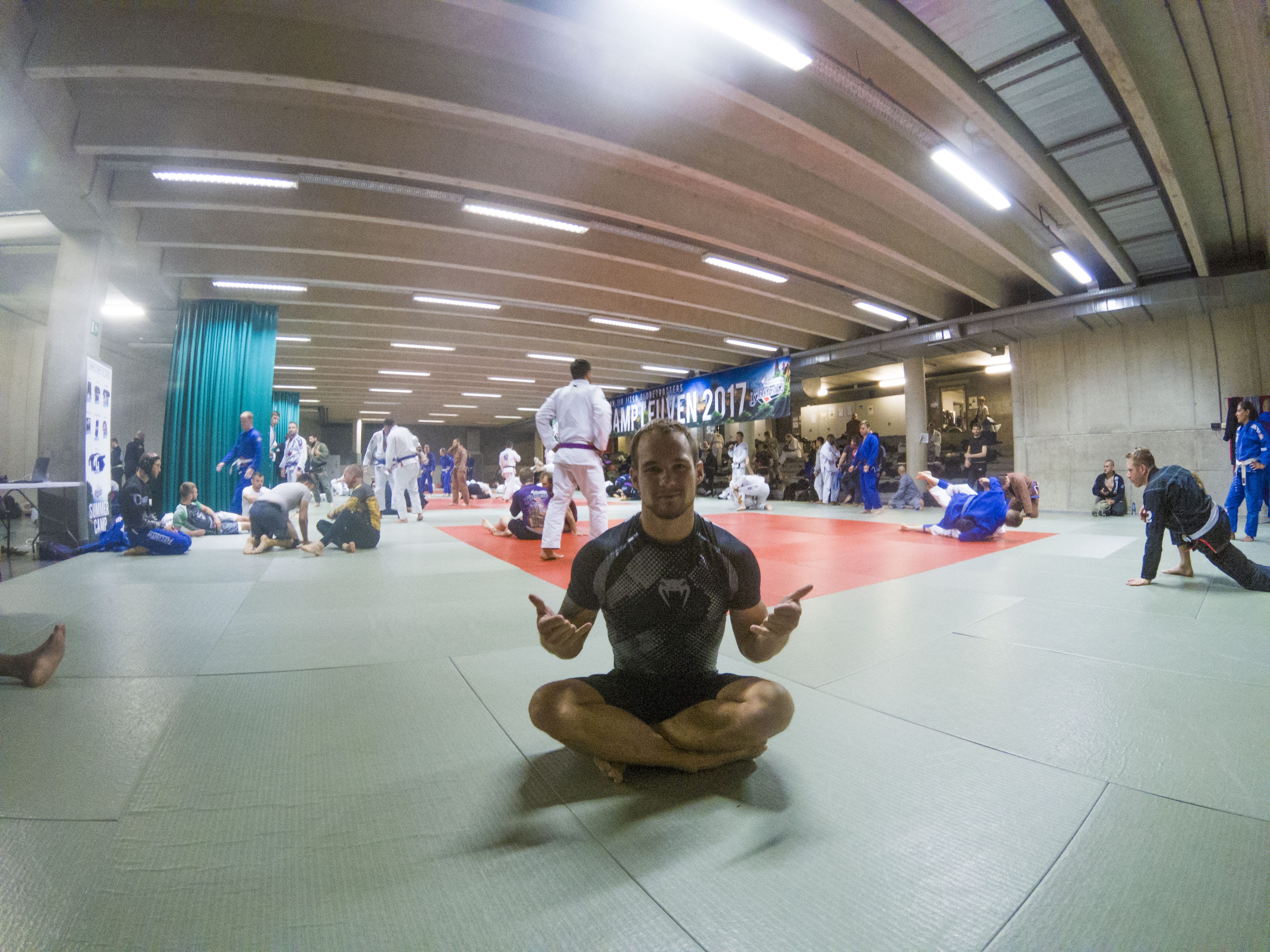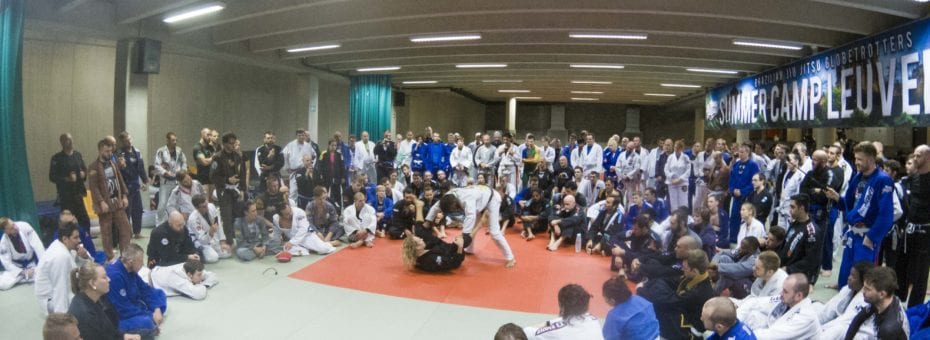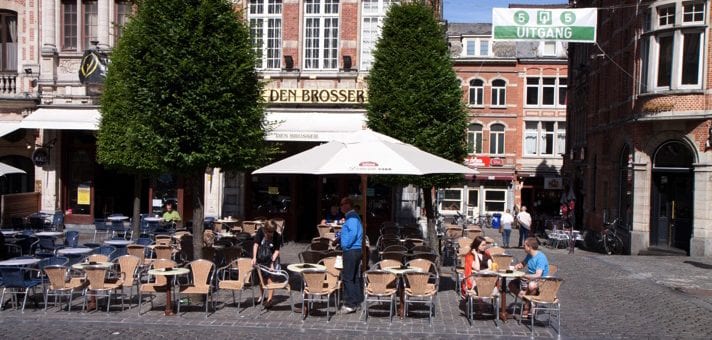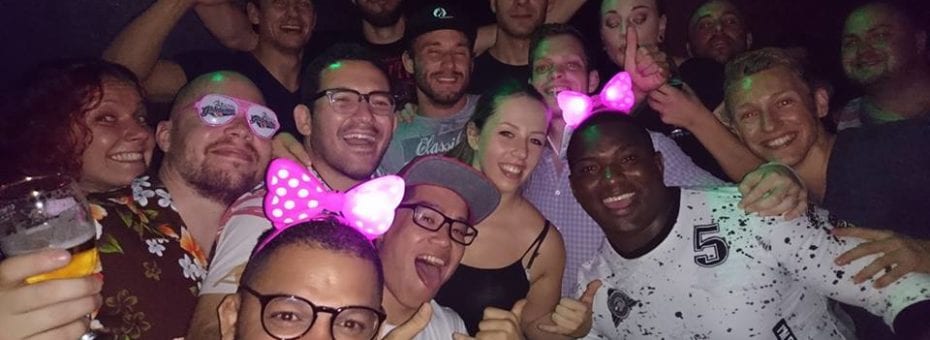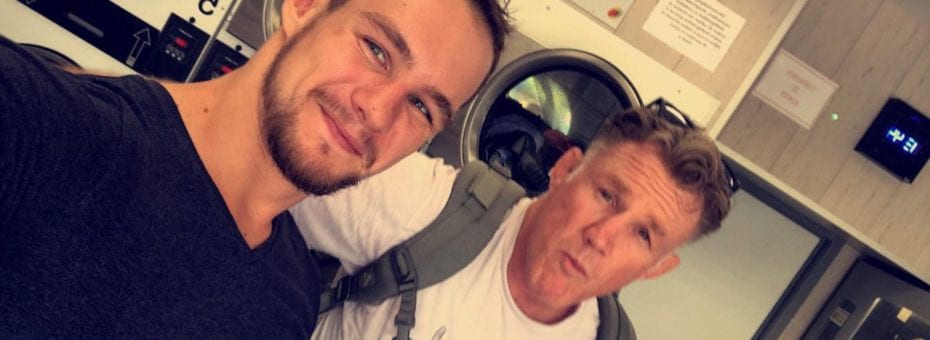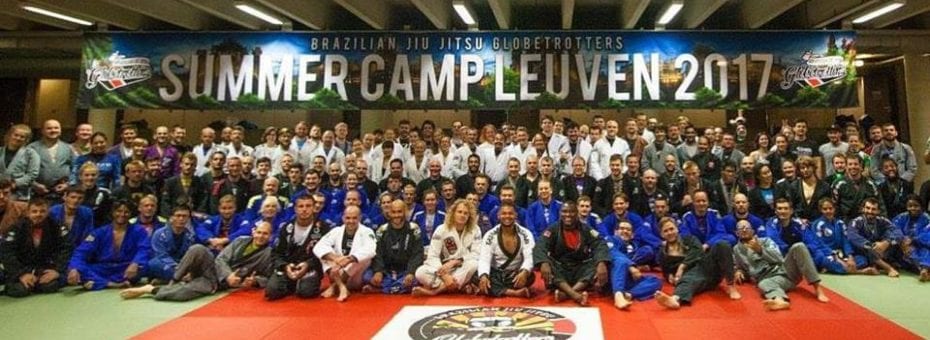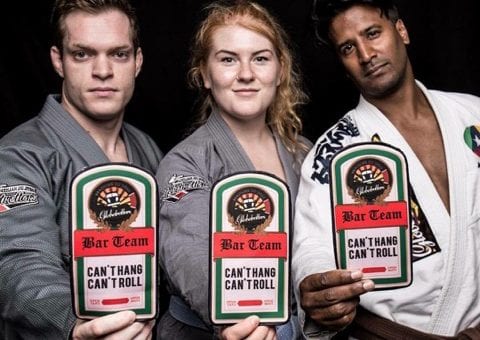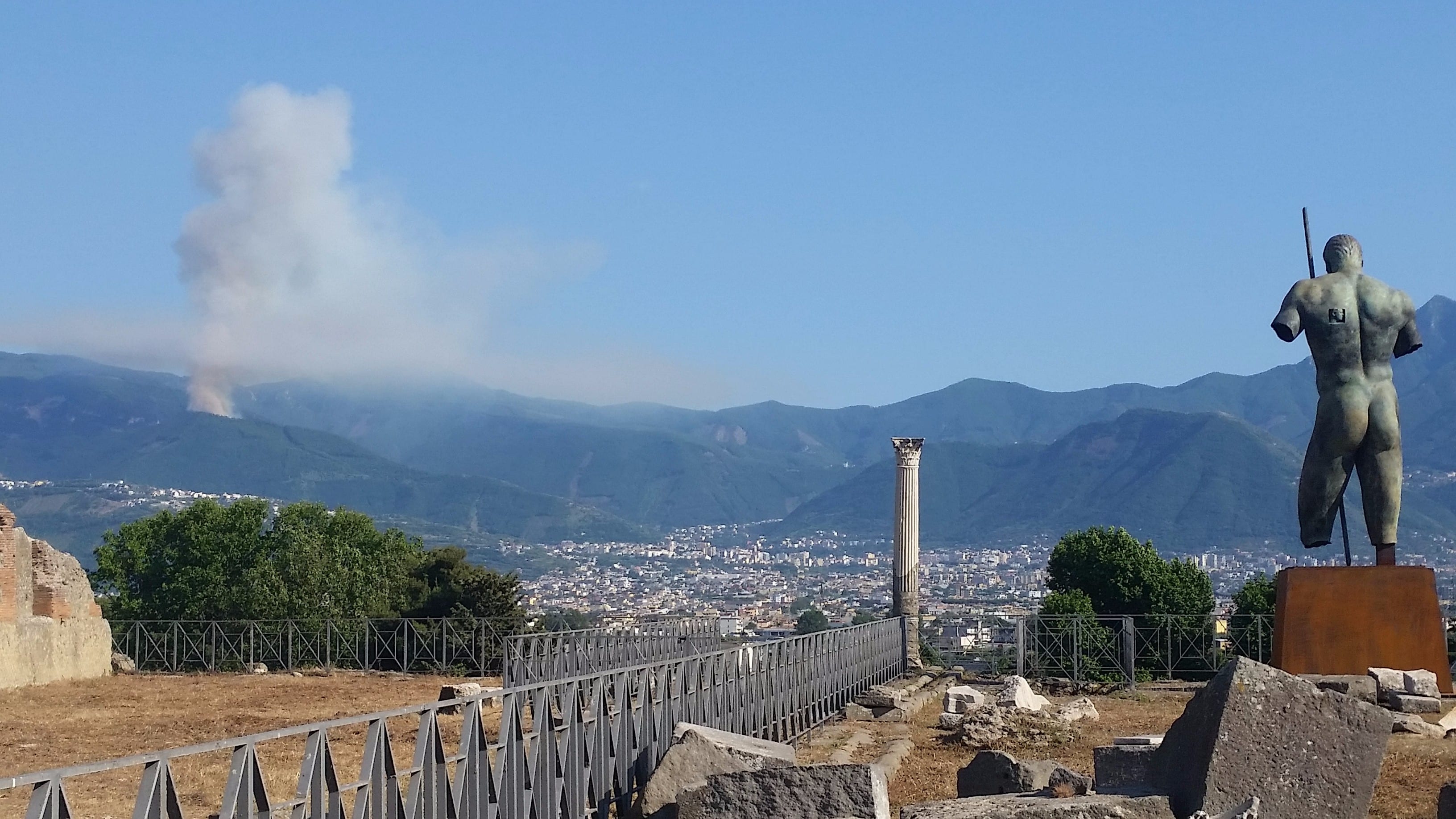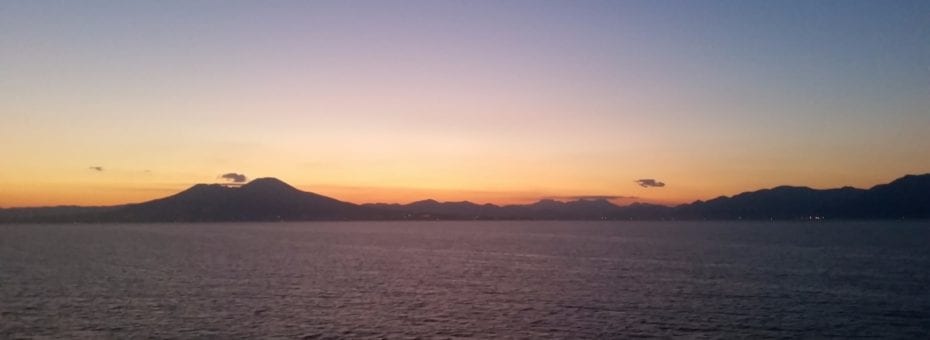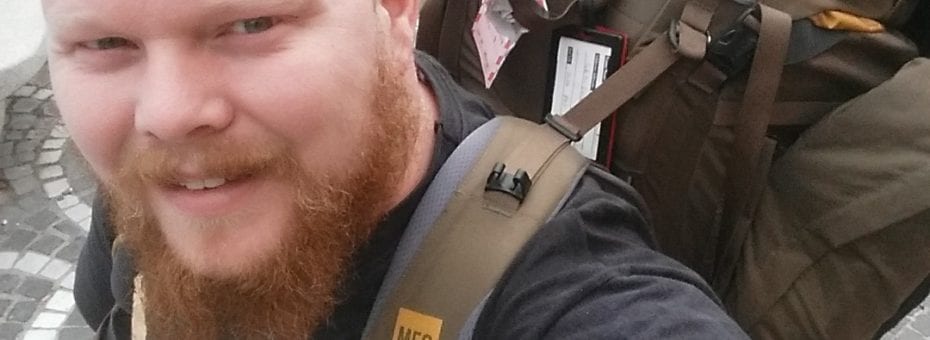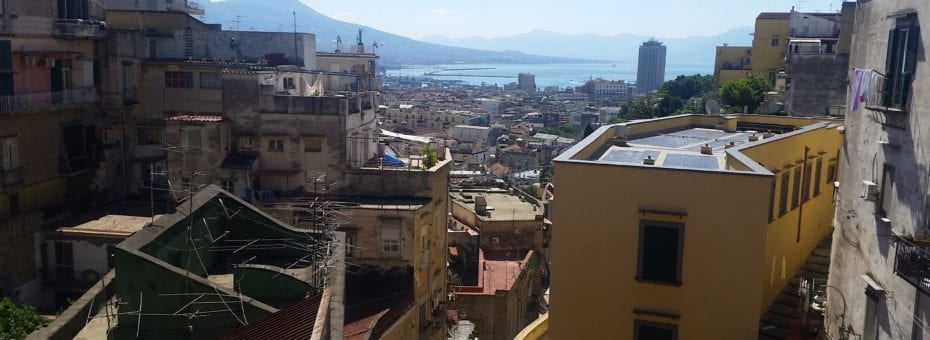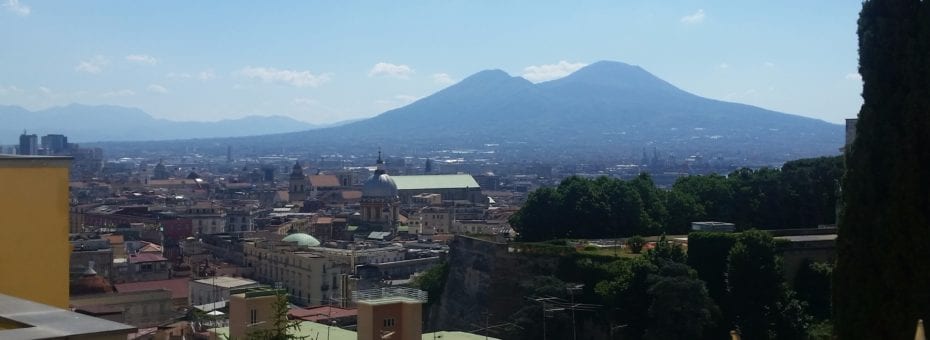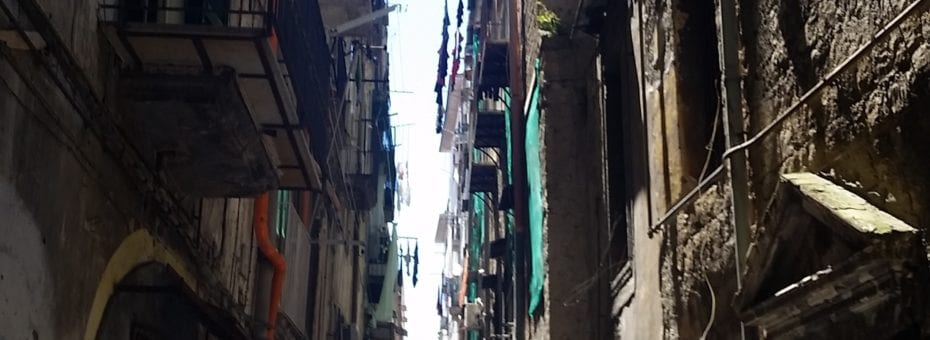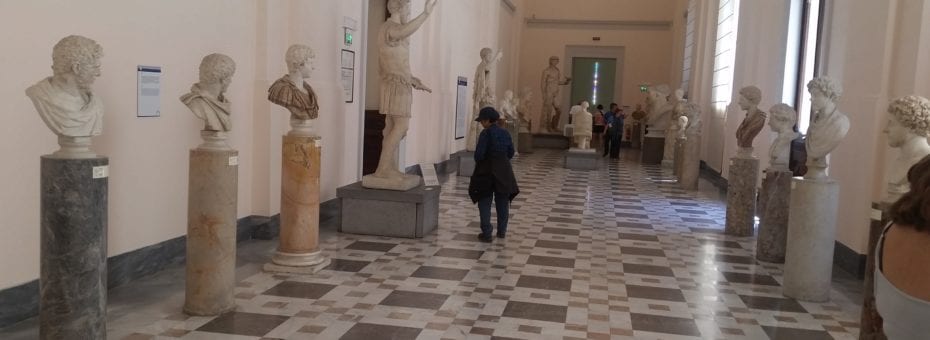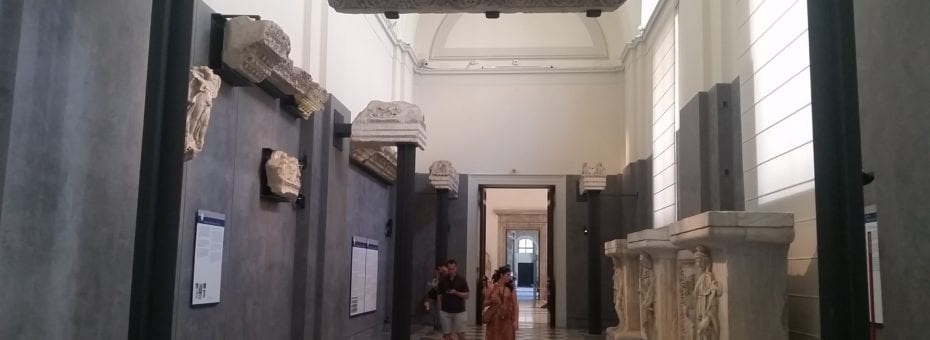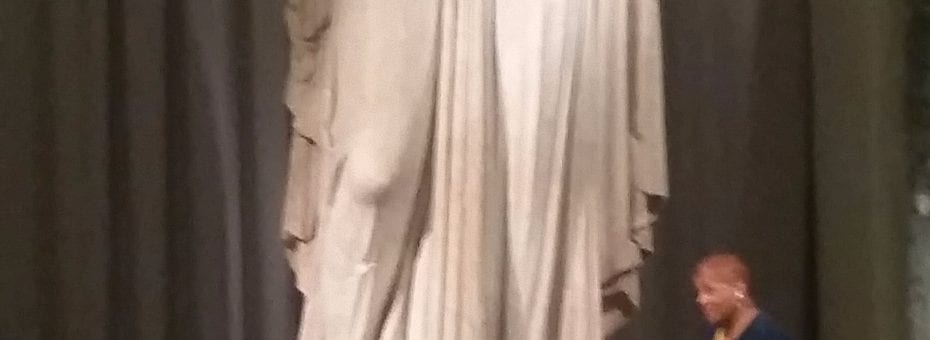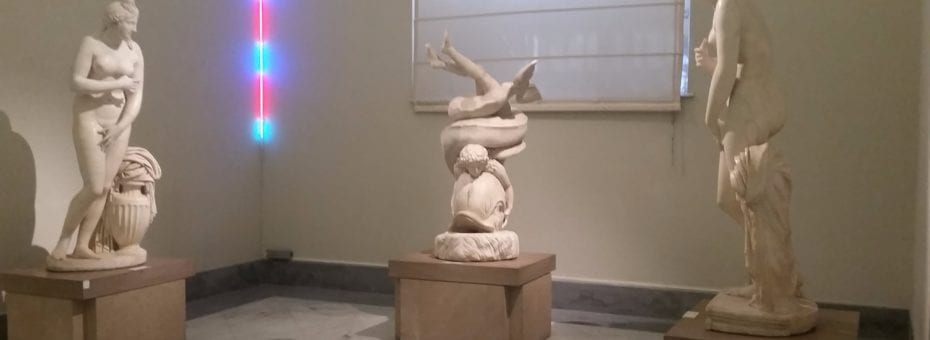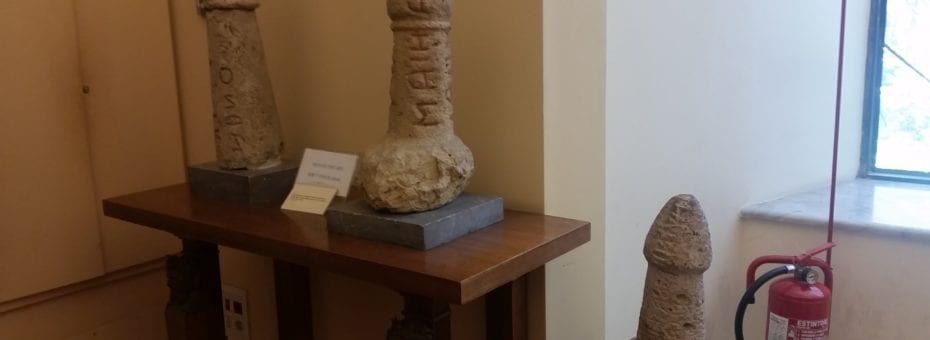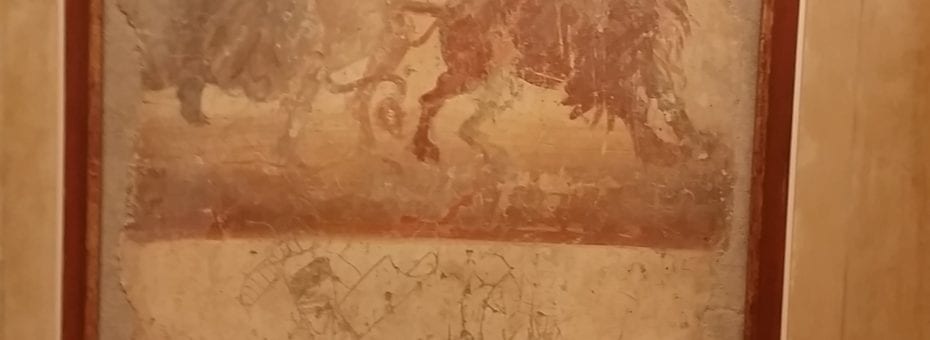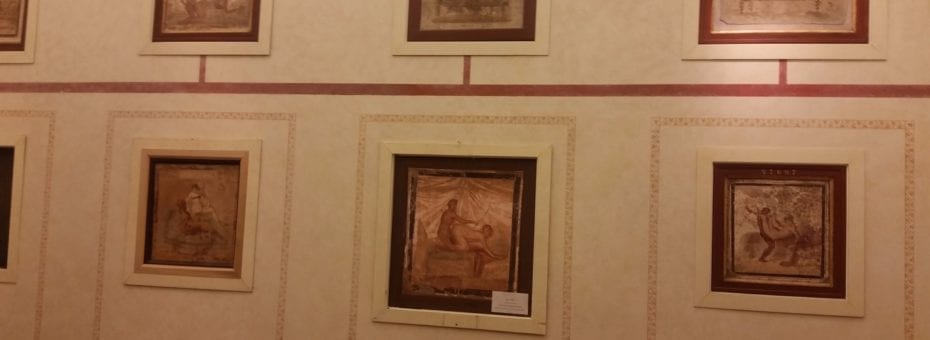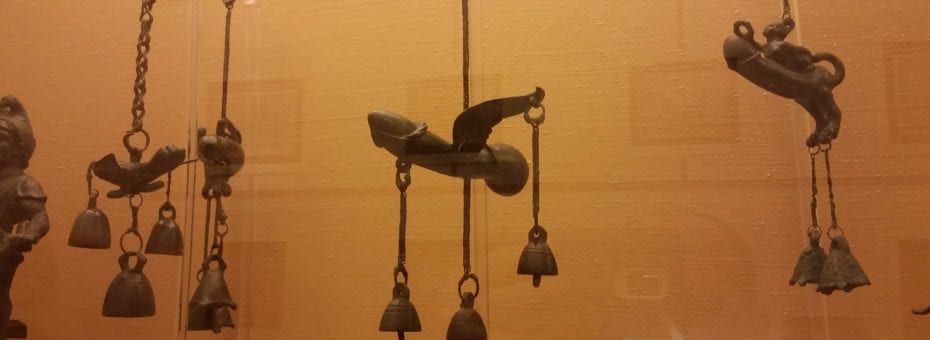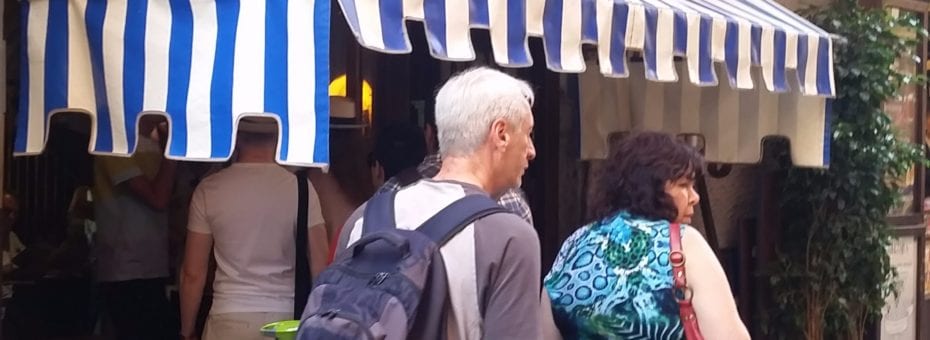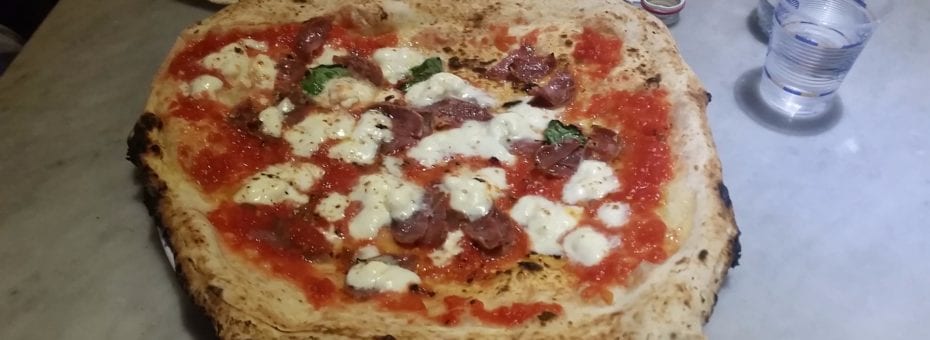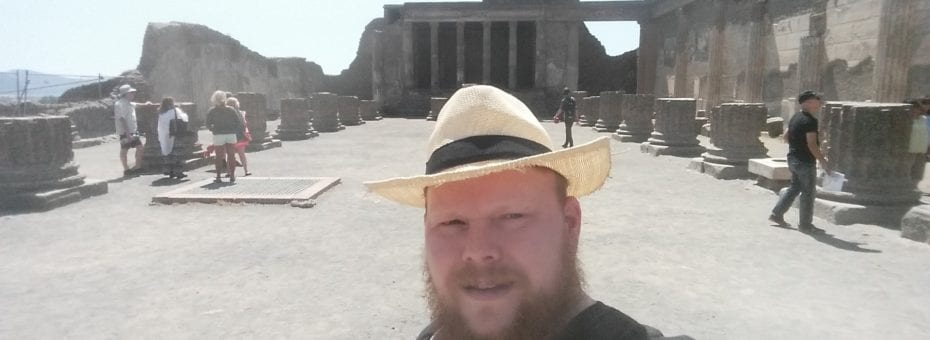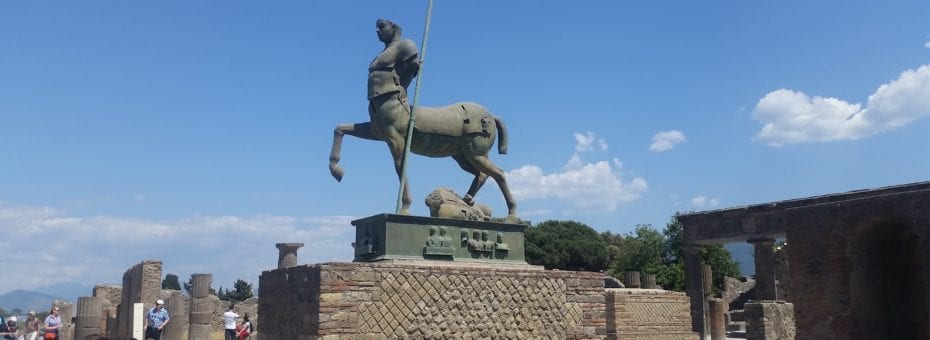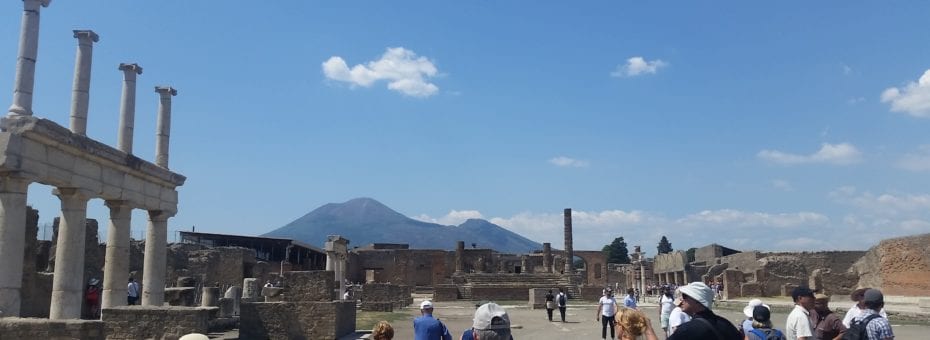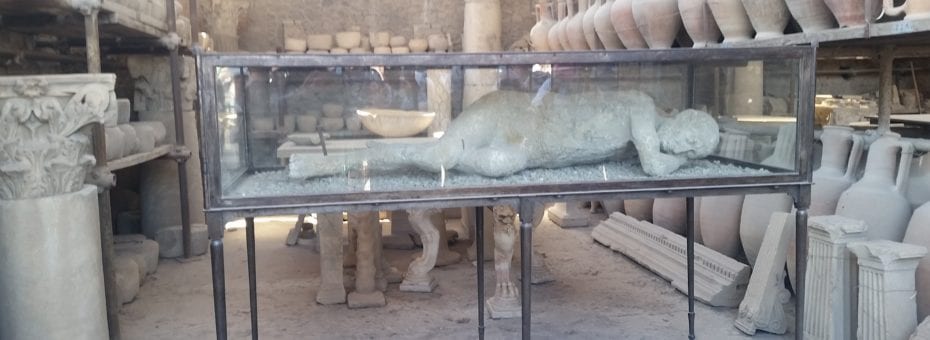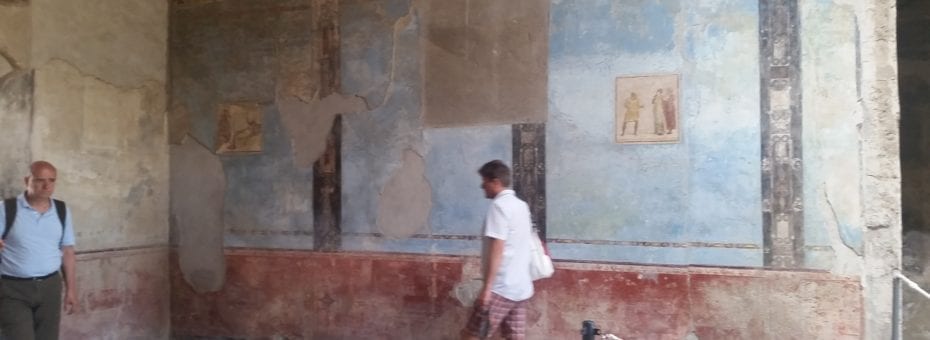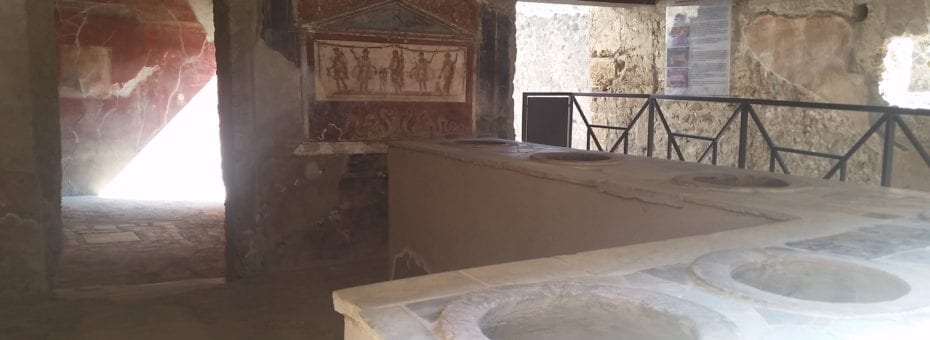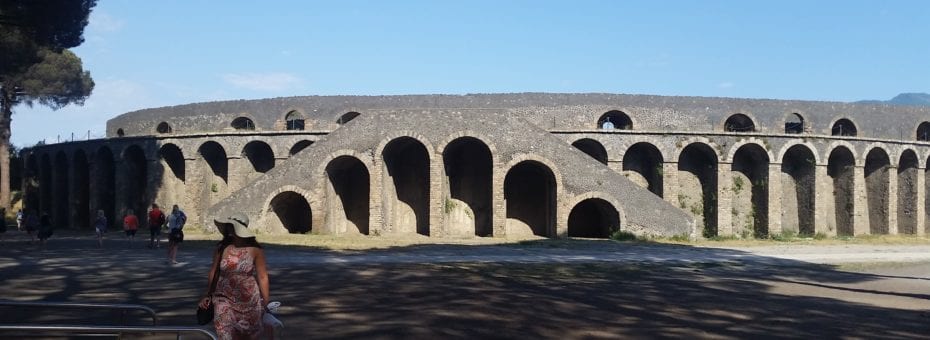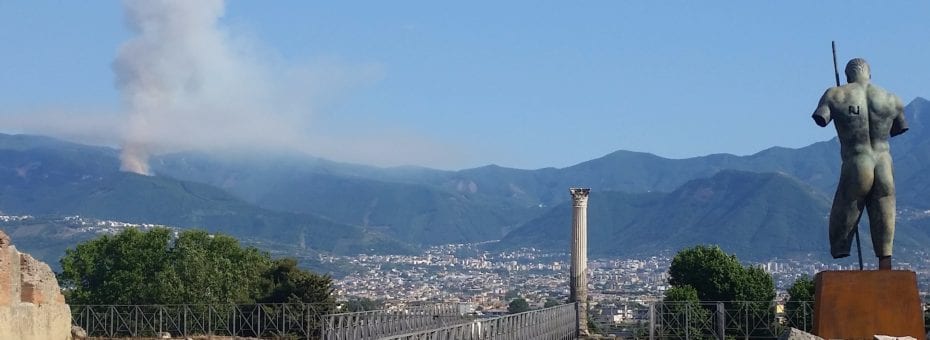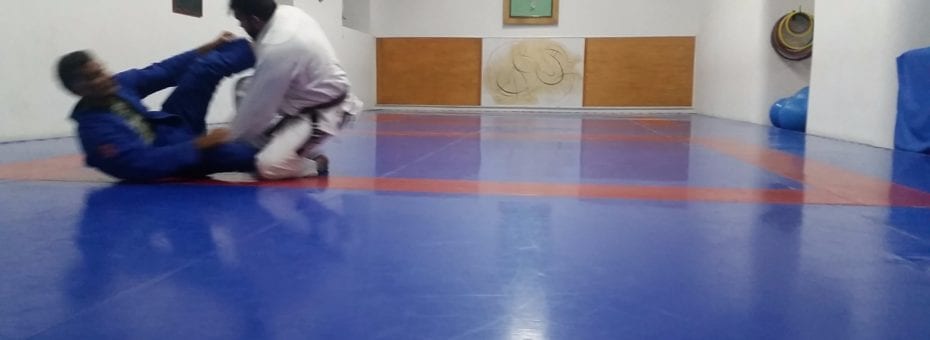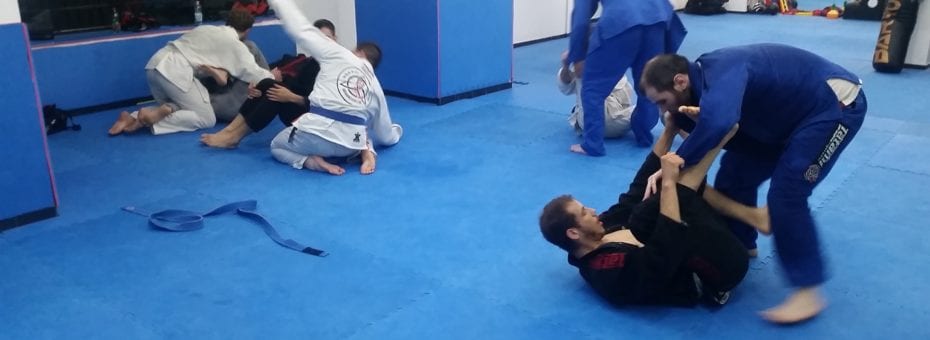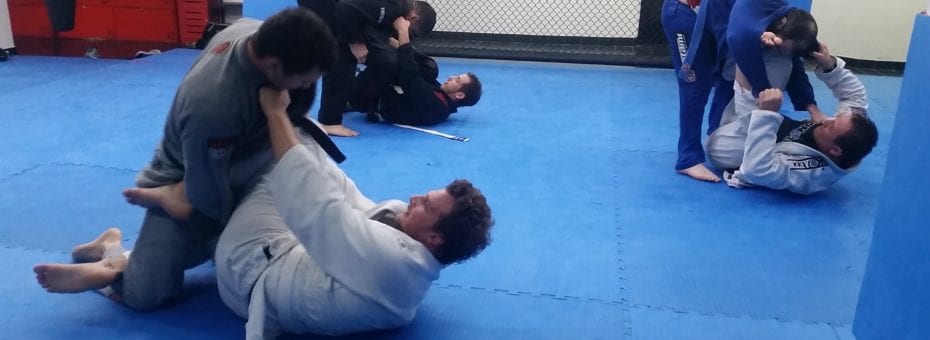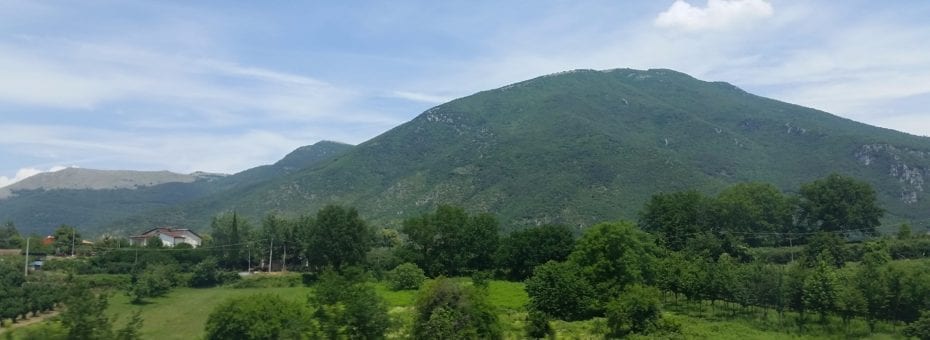I hadn’t planned to go to Poland until much later in my trip, but as is the nature of training without a plan, plans change. Initially I had wanted to travel down through Germany and Italy, training my way to Croatia. Leaving everything until the literal last minute in peak season European summer isn’t the smartest way to travel. So I improvised, and after maybe one too many beers, booked a bus ticket to Poland. Well, it wasn’t quite that easy – I actually booked a number of bus tickets after jabbing the ‘purchase’ buttons a number of times while the page lagged.
So, after a few phone calls, emails and profanities I was off to Poland – with just one seat reserved. I’ll gloss over the riveting details of the bus trip, but on a positive note it’s an amazing way to see the countryside. Classic little cottages lining fertile, green farming land. Deer occasionally pop their head above the crops to check out the passing trucks. Crops that backed onto big, dark forests. Some really, really bumpy highway.
And after only nine hours, I was in Krakow, Poland. I wandered through the town using a hastily drawn map in my notepad, passing through a shopping mall that could have been transplanted straight out of suburbia in Australia, straight into a beautiful, classic old town square. A classic contrast between historical, artistic buildings and modern utilitarian buildings. The town was similar in the way it contrasted the ways of modern life with the historical architecture and structures. It was as if any Sydney street had been transplanted straight into a street from a bygone era. Polished cobblestones, looked over by old church bell towers formed the backdrop for young adults who walked along, staring into their smartphones.
After settling into my hostel for the night, I set off to check out some of Krakow’s art scene with a new friend called Orson. A young artist from Sydney’s inner city, Orson had just come back from the Ukraine and had been in Poland for a couple of days. We walked through the Jewish quarter of Krakow, and stopped for a breakfast of traditional Polish pancakes called Racuchy Z Jablkami (RAH-tzook-eh ZEE ya-boo-KAH-me)

Our first stop was the Cricoteka (Centre for the Documentation of the Art of Tadeusz Kantor), a gallery curated by its namesake from beyond the grave. During the Nazi occupation of Poland, Kantor formed the Independent Theatre. This theatre held secret and illegal performances during the war, which many credited for helping keep Poland’s theatre and arts thriving during an era of oppression. After the war, he became known for his avant-garde (before it’s time) stage design and performances that immersed the audience within them.

The Gallery’s exhibitions were made from old stage props, and many pieces were created by other artists after Kantor invited many of them to make a piece of art from a stage prop. Prior to his death, Kantor had left strict instructions as to how the gallery should be curated, from the placement of various artists work, down to how the light should hit each work. A truly fascinating gallery that, much like Kantor’s works, invited the viewer into the work to take their own meanings and experiences from the one they were immersed in. The gallery got me thinking about Poland’s rich, but tragic history. So often they became a pawn in the broader geopolitical games of larger neighbouring nations. In the past this had caused great suffering, loss of life and suppression of their culture, but what emerged (or remained) was an intense nationalistic pride. The Poles are so proud of their country in a really positive way, and are always keen to impart some knowledge upon you – on topics from food, to politics or philosophical musings.

From the Cricoteka, we wandered across to MONA, the Polish Modern Art Museum. For me, modern art is usually a bit hit and miss. Usually, I’ll love the concept and the execution of the idea – regardless of how esoteric or left-field it might be. But I struggle with the distinct lack of technical skill displayed in some works. Yes, we all know that it’s meant to elucidate a certain kind of thinking, but I can’t help that we’re having our legs pulled sometimes – or that they’re just displaying lazy thinking.

Thankfully I didn’t have any such thoughts in MONA. All the works showed an incredibly deep level of thinking, and often gave you an “ohh!” moment, through the concept, the way it was executed or both. One particularly powerful work we saw was a short film of a group of neo-nazis on a split screen. On one side, the audience saw what they were seeing – everyday scenes in a number of countries. On the other side, you watched the neo-nazis watching this film and pausing to make observations. It was shocking how nonchalantly they spilled their vitriol. The way that humans are able to dehumanize one and other on the basis of a political ideology is gut wrenching.
From MONA with the ideas presented in the short film fresh in our minds, we wandered across to Schindler’s Factory. This place is essentially a tour through the time leading up to and during the Nazi occupation of Poland, in particular Krawkow. Walking through the exhibition, the political climate of the time is explained and you’re given an insight into life at the time. The insight was grim. The Poles lived through terrible oppression and hardships – this museum served as yet another reminder of a dark period in human history, and as a reminder of the dangers presented by insidious, xenophobic political ideologies.
On our way back to the hostel, we stopped at a small craft beer café that overlooked the river in town. It’s fascinating to have a conversation about art with somebody that’s embedded in the art scene and who readily practices it. It helped me gain a different perspective on a lot of the works, as well as developing the perceptions I had about the day as a whole. This also led into a broader conversation about ideologies and the resilience of the good parts of humanity during tough times.
Auschwitz
I took a bus out to see Auschwitz. This is one of the most confronting places on earth, a visible scar on modern history. The scale of the place is insane and represents evil on a grand scale. The mind boggles at how many people went through the camp – it’s actually really hard to get a proper grasp of the scale of things. It was insane me not only to think about the evil that motivated all of this, but that which existed through the duration of the war. The fact that so many everyday people were complicit in this evil is almost as confronting as the effects of the genocide itself. As confronting as it is, Auschwitz is definitely worth visiting to get a grasp of this period in human history, and to learn from past generations.
Krakow Town
Krakow is dotted with green parks and beautiful old architecture. There was a public holiday when I got to Poland, which saw a giant catholic mass in the main square. The public holiday also meant that there was only limited classes on for a few days, giving me the chance to lace up the running shoes and see more of the city. The out suburbs of the city are fantastic, leafy green and so foreign to towns I’m used to seeing at home. I ran around the perimeter of the old town, along the old fortress walls. During my runs I managed to find an outdoor gym and running track to keep my fitness up while I wasn’t rolling, and work on some new movements and skills.



Polish Cultural Observations
The hostel staff suggested that I check out some of the local eateries. My favourite place to eat was the local Polish style ‘Milk Bar. The food was delicious and filling. Meats, vegetables, potatoes and omelettes. I also enjoyed the concept of a Polish milk bar. They have large cafeteria style tables, forcing different groups of people to sit together and enjoy their meals. Often, you’d be sitting in the midst of a big family, laughing and talking as they broke bread together. I came back to the milk bar a fair few times to eat, not only because the food was delicious but because watching people interact with each other in this environment was fascinating. Where people would usually be closed or segregated from one and other, they instead sat together and made an often private ritual a communal one.

If you haven’t heard about Piogi (Polish dumplings), you’ve been missing out. This was the second highly recommended culinary experience, and it didn’t disappoint me. At 3am after an interesting jaunt in a Polish psy-trance club I tried my first plate of Piogi. This is late night food done right. Fresh dumplings stuffed with a number of different ingredients. Much tastier and more wholesome than a greasy kebab. I navigated my way through the swathes of people riding out the rest of their alcohol high and placed my order, before sitting down at one of the tables to watch the scene unfold. I watched plate after plate of steaming dumplings walk out the door, growing hungrier and hungrier with each plate. Didn’t this bloke understand I hadn’t had any food since before I’d trained, hours before? What was this injustice?
It turns out old mate had forgotten my order, but eventually I got my dumplings and walked home inhaling dumplings like I hadn’t eaten for a week. Worth the wait? Reluctantly, yes. I would have preferred not to wait, though.
The Training
All this talk of art, food and beer. Surely I found some time to train? You bet. I trained at a place called Akademia Fenix, which was roughly a 7km walk from where I was staying. My first visit to the academy involved a somewhat moist trek from the hostel to the gym, arriving just in time for the nogi class. The class itself was awesome, with a big focus on wrestling from the clinch, as well as some defensive options that sequenced into offensive ones.

During the class I actually met four blokes from the U.K. It turns out they were in town for Andreas’ (the groom) wedding. It also turns out that the wedding was the next morning, and that the groom and a lot of his groomsmen were on the mat. I loved the enthusiasm, and they were a great bunch of blokes to boot. I also admire his bravery shooting takedowns and rolling hard the day before the biggest of his life. God forbid he get a black eye for the wedding photos – imagine what the Mrs. would say! A braver man than most.

The sparring rounds at the gym were bunch of fun, with a big focus on the standing grappling, as well as some exploration of leglocks. Eastern European wrestling techniques did not disappoint, the rounds we started from the feet were a grind and we explored some interesting setups, transitions and finishes. I’ve been loving how much stand up wrestling I’ve had the opportunity to do over here, and it was one of my big goals to work on wrestling and judo for BJJ while I am abroad. So far, things are going well. I’m looking forward to settling in one place for a bit longer and dedicating some time to it, and being able to implement these different techniques into my stand up game.
Next, it’s onto Budapest in Hungary! Stay tuned.
View post on imgur.com
View post on imgur.com
View post on imgur.com
View post on imgur.com
View post on imgur.com

